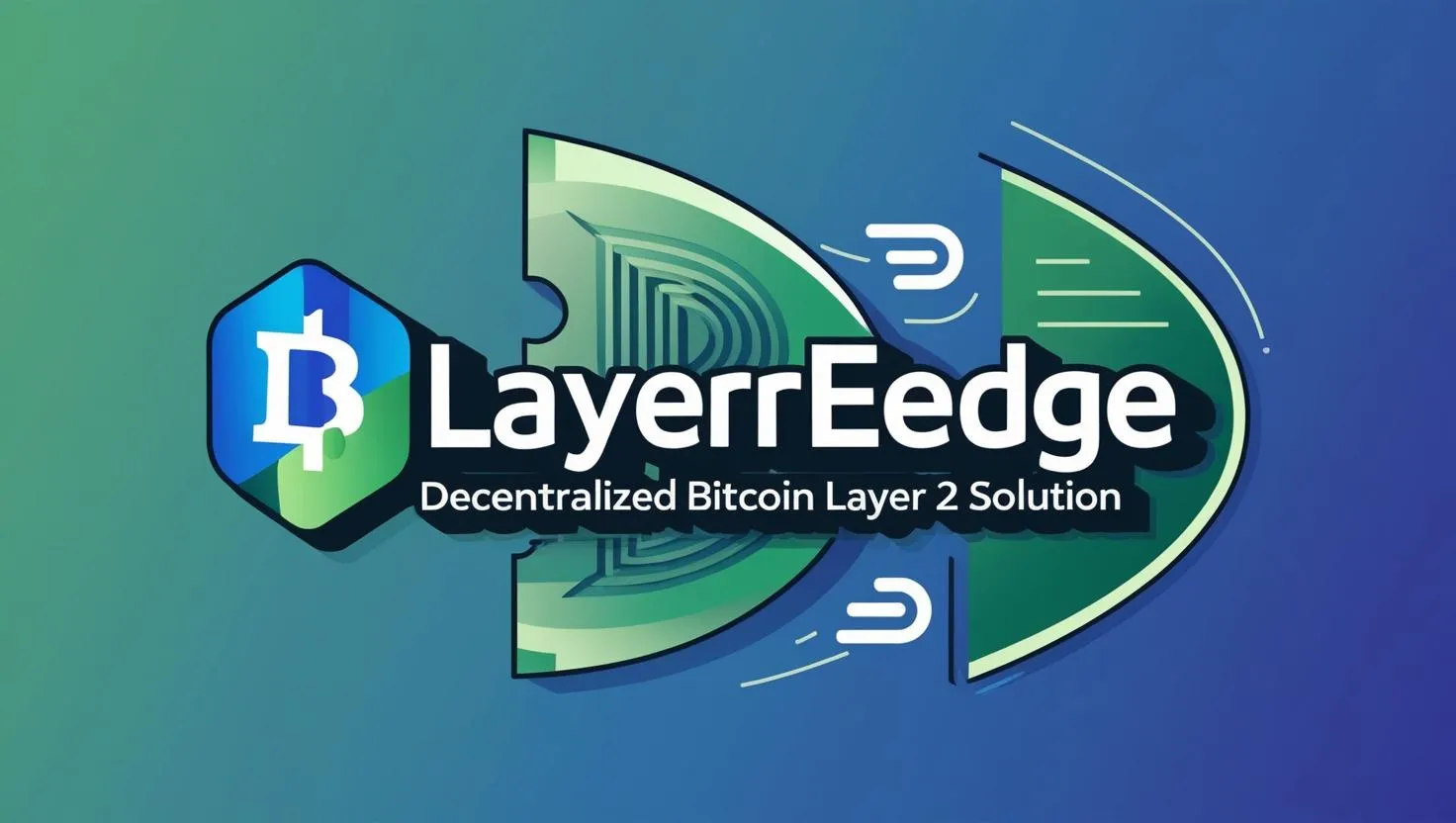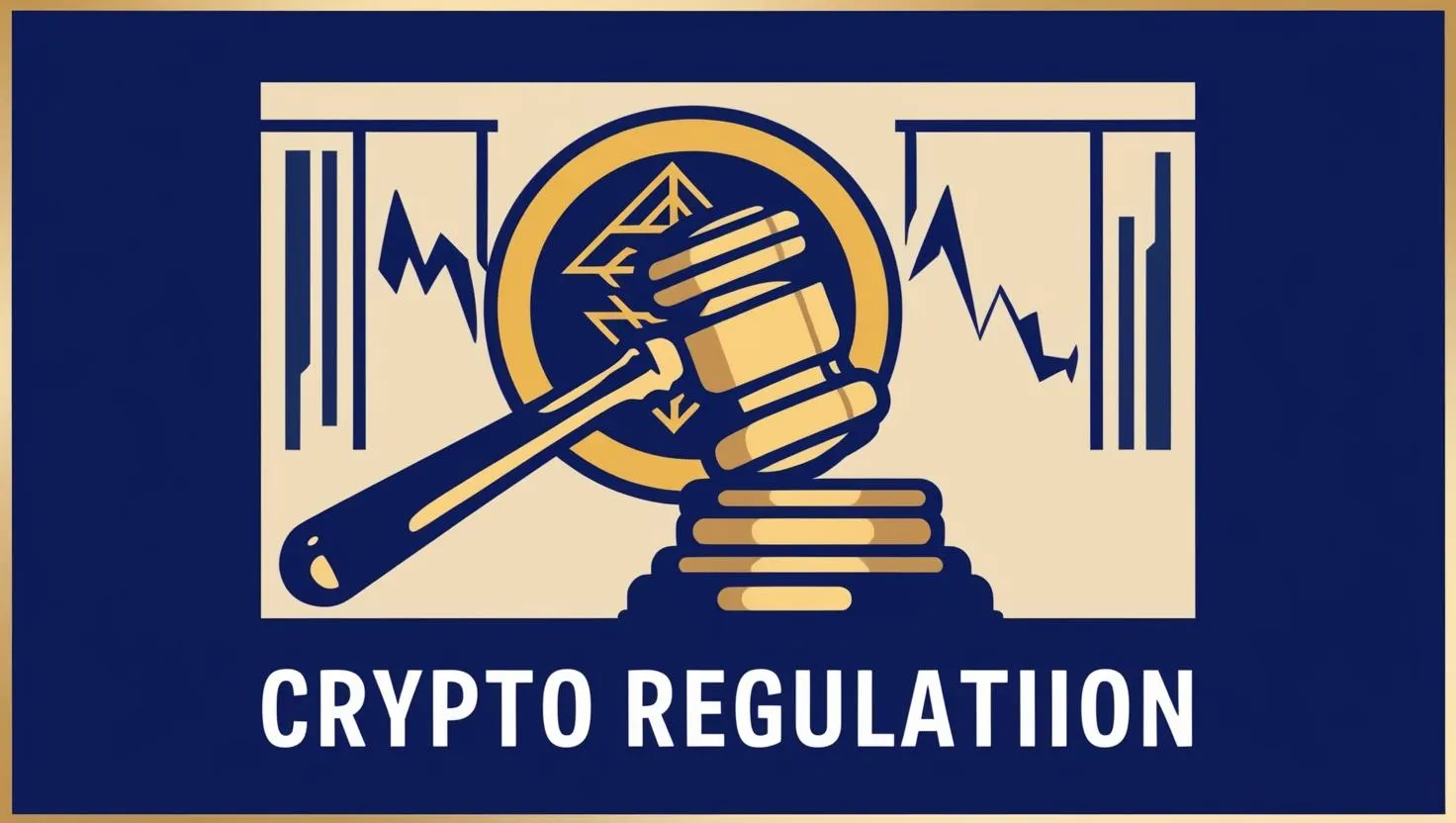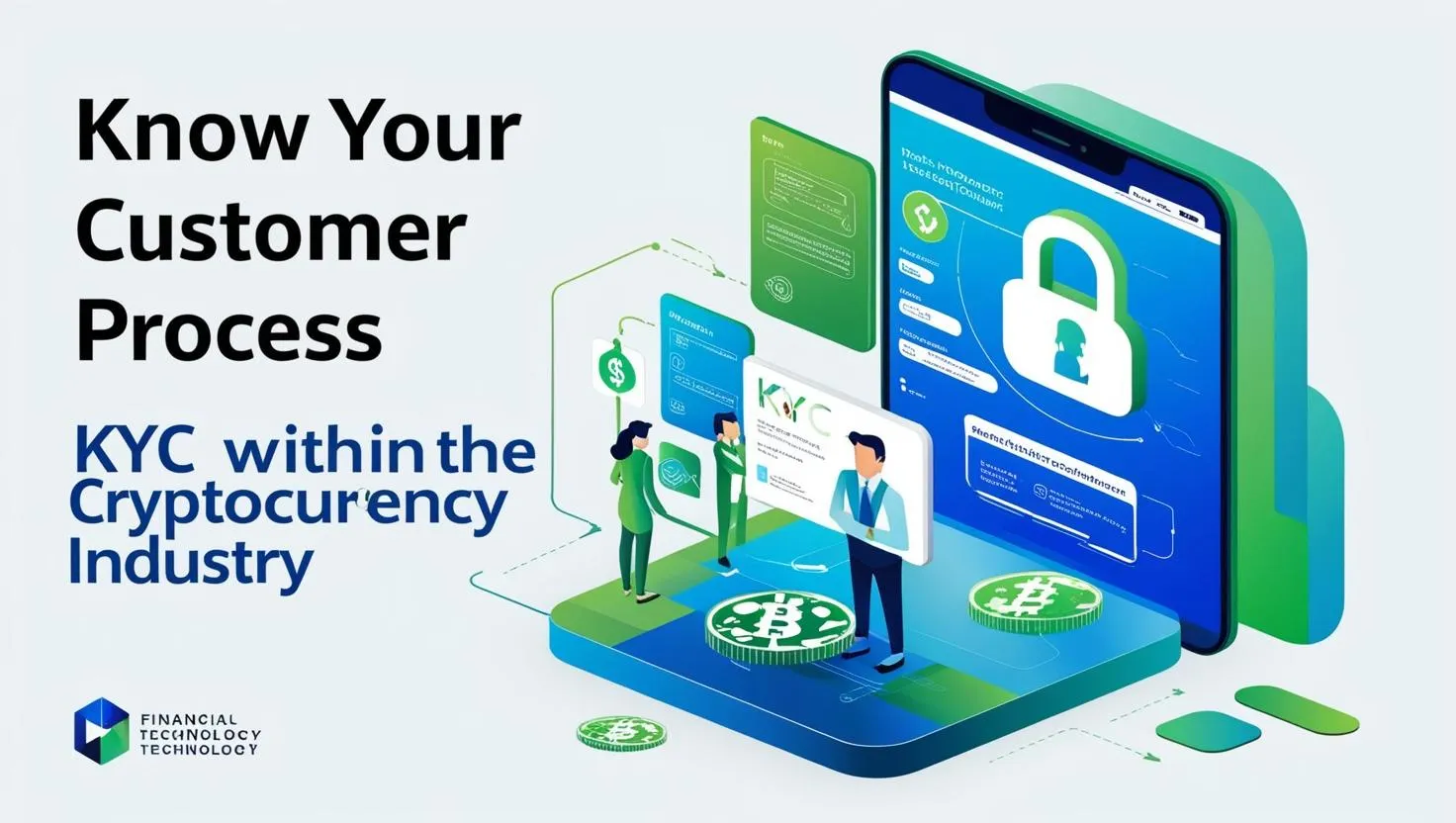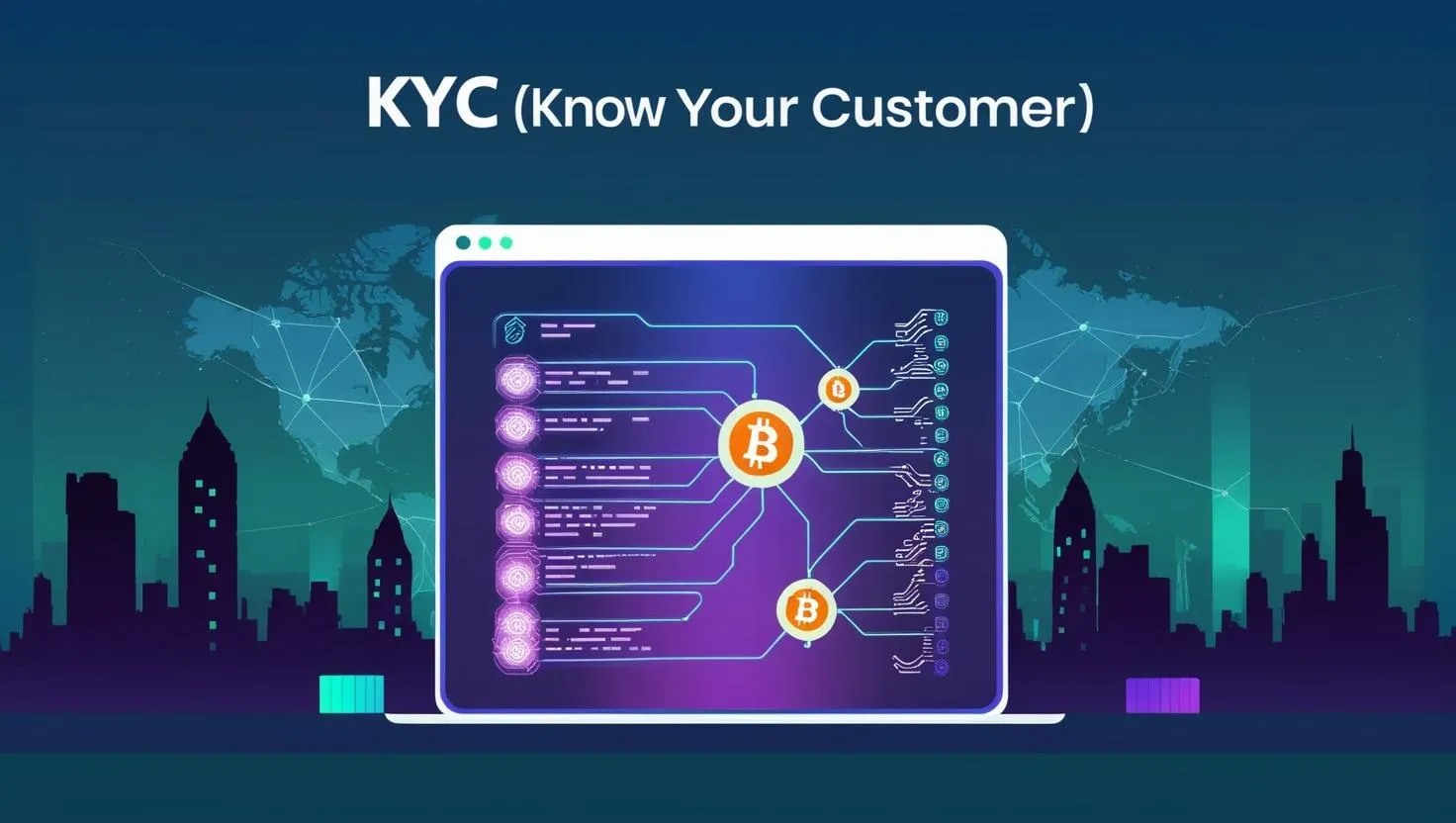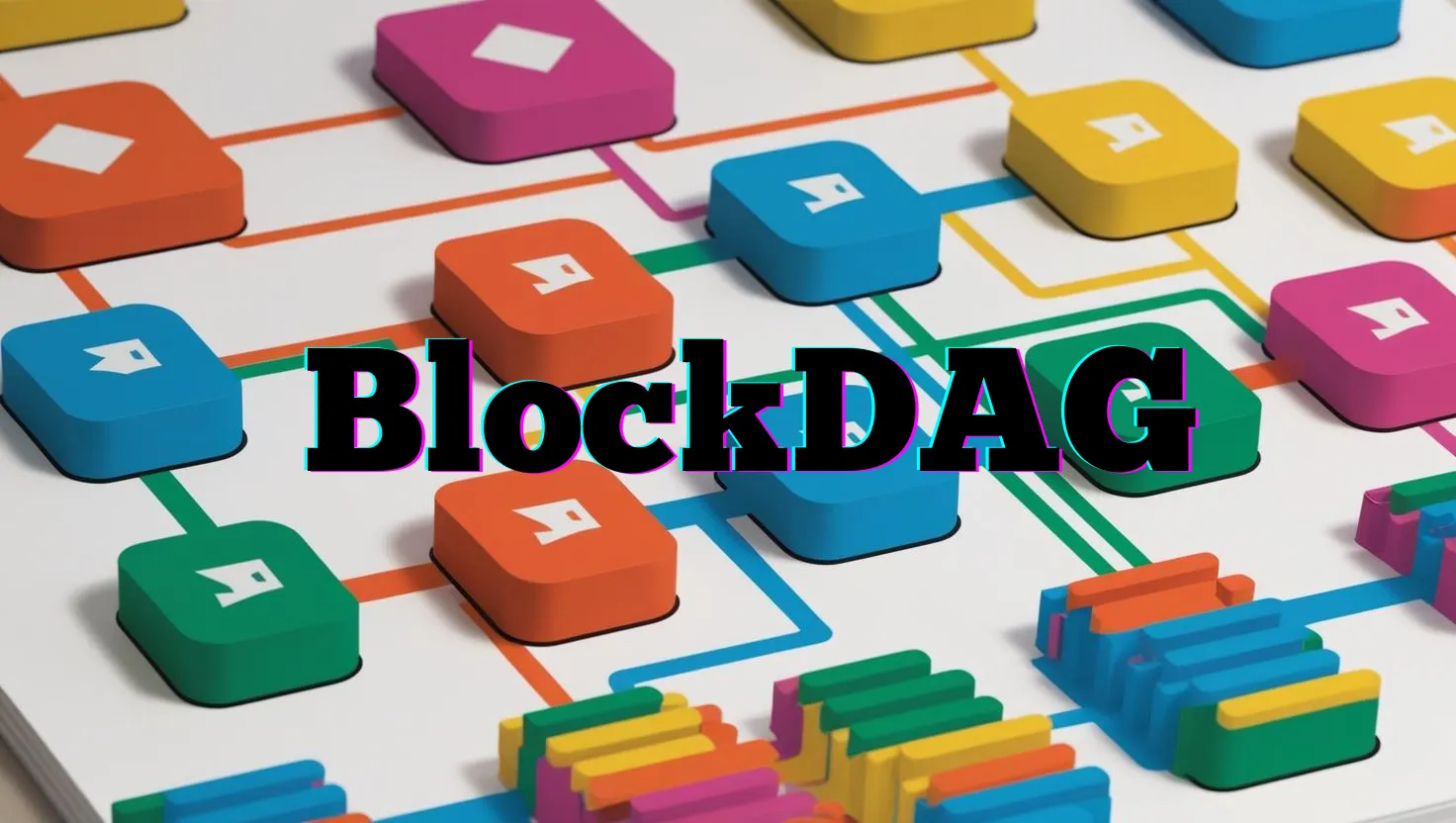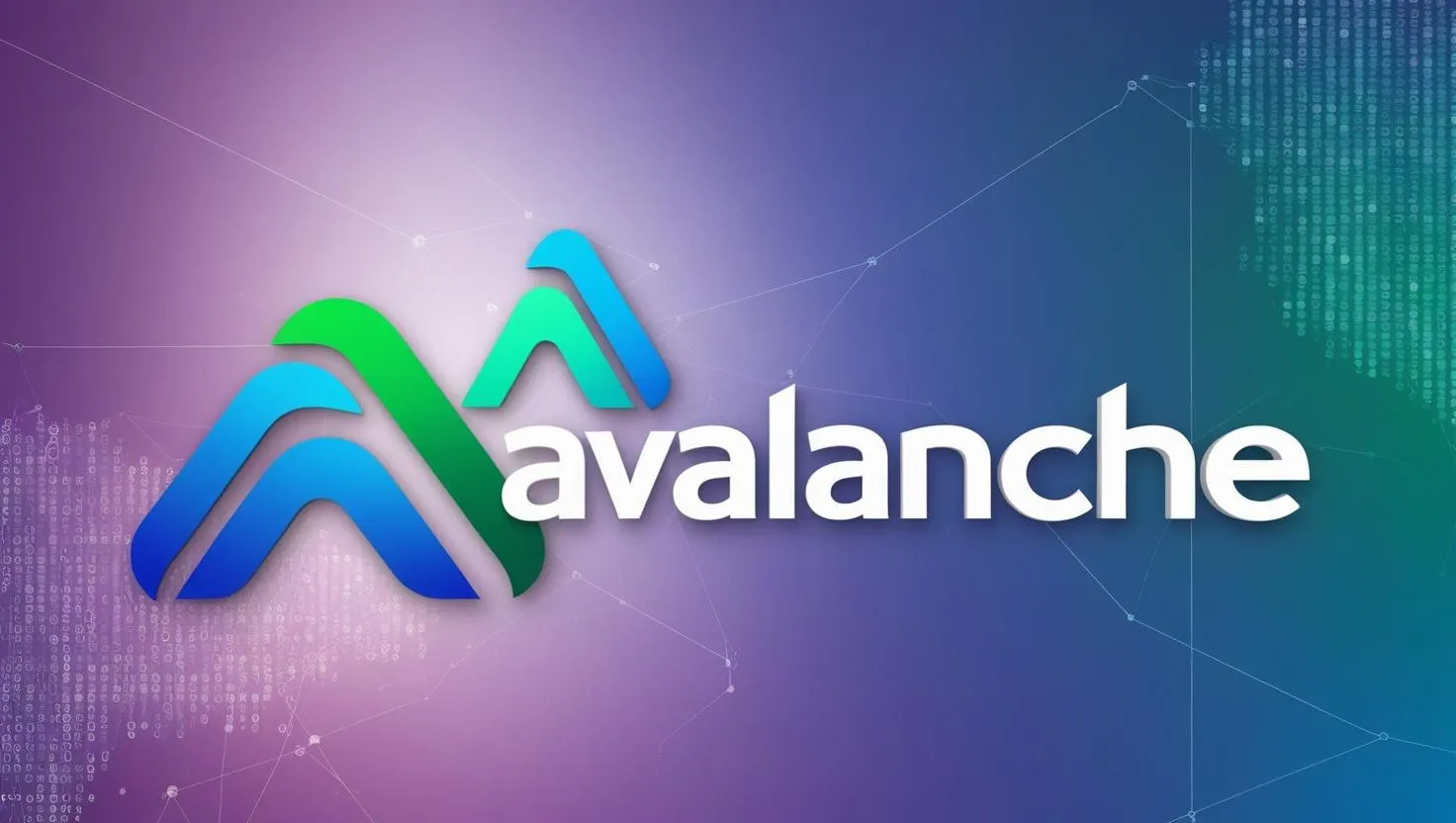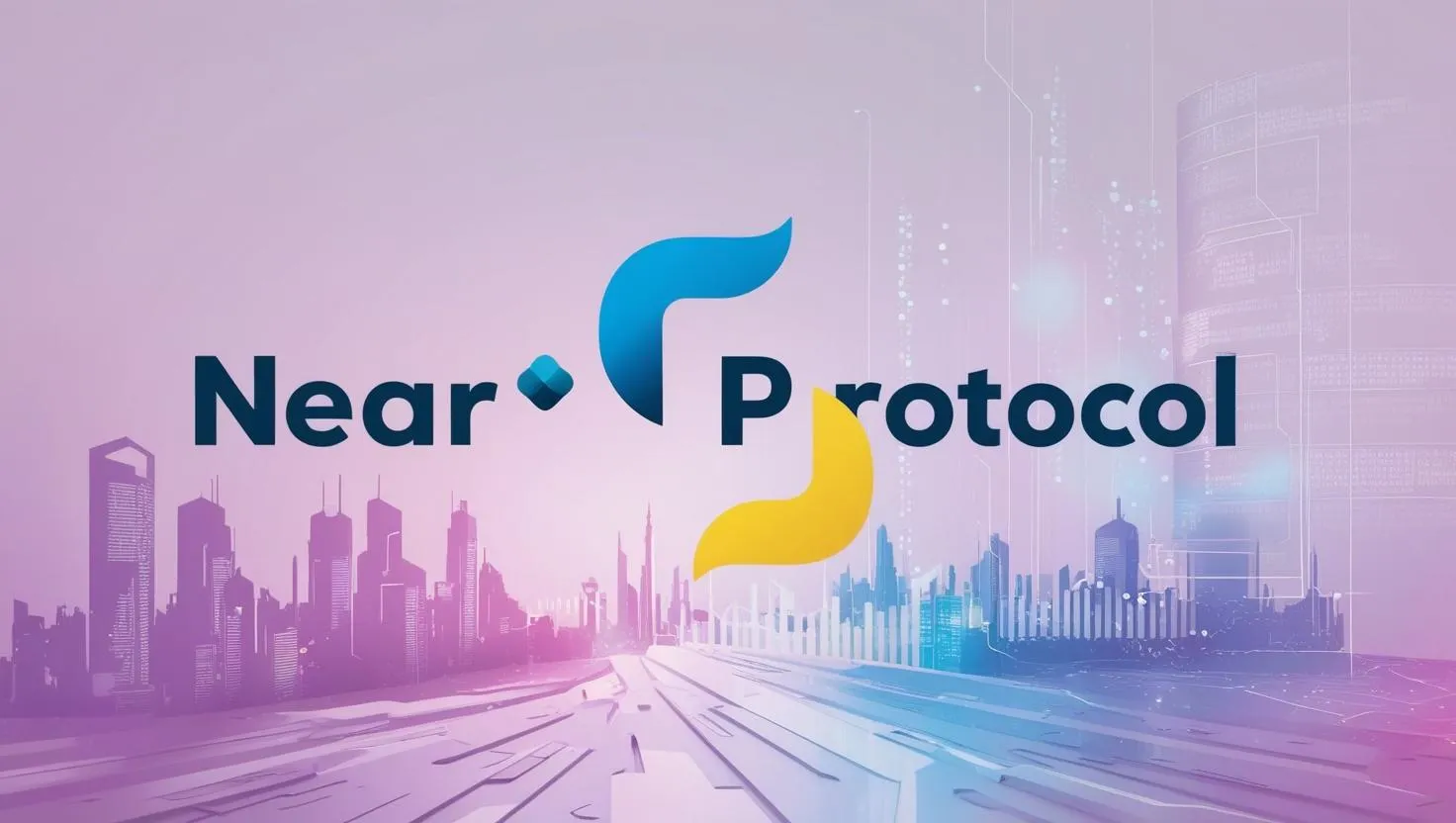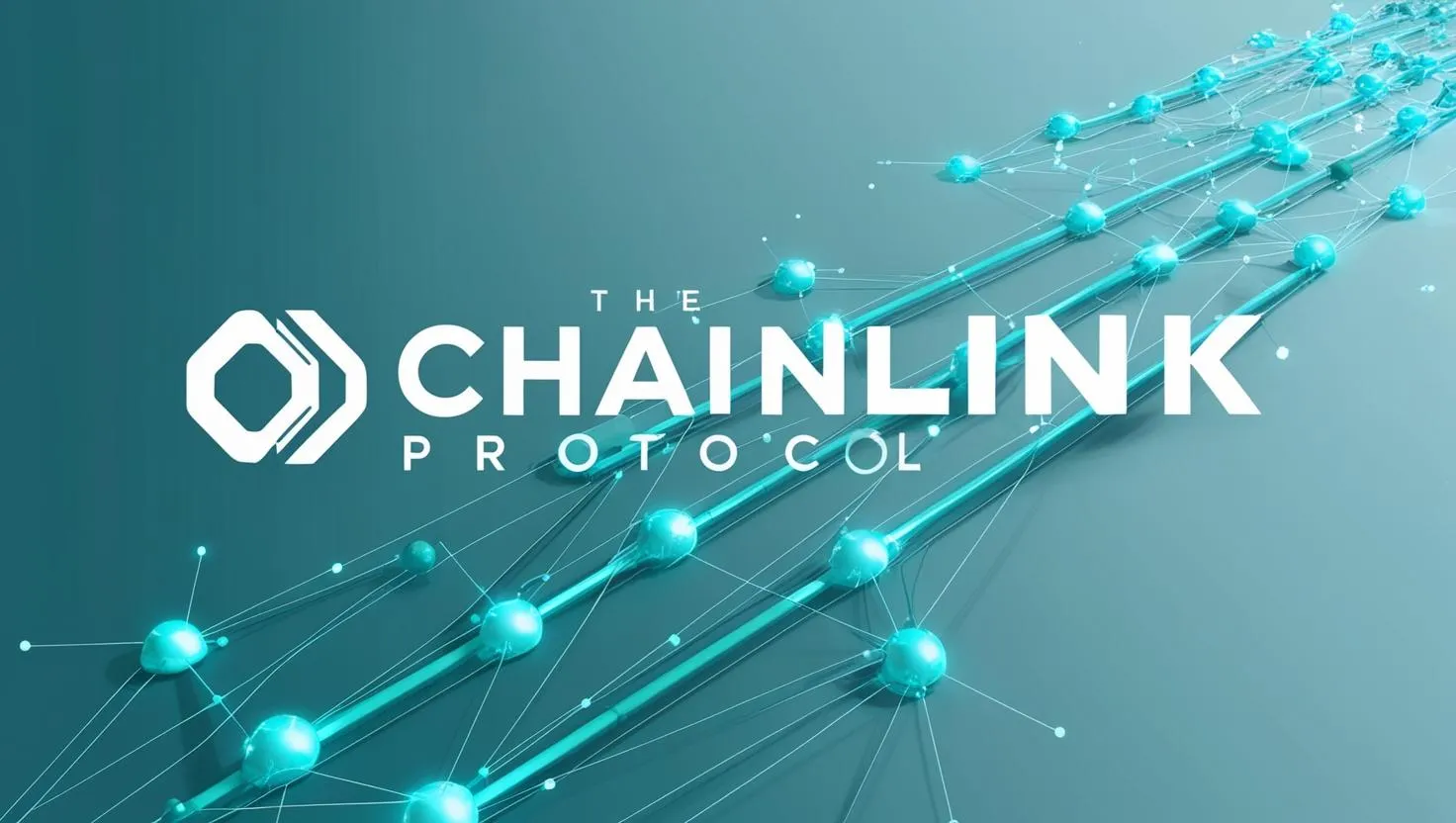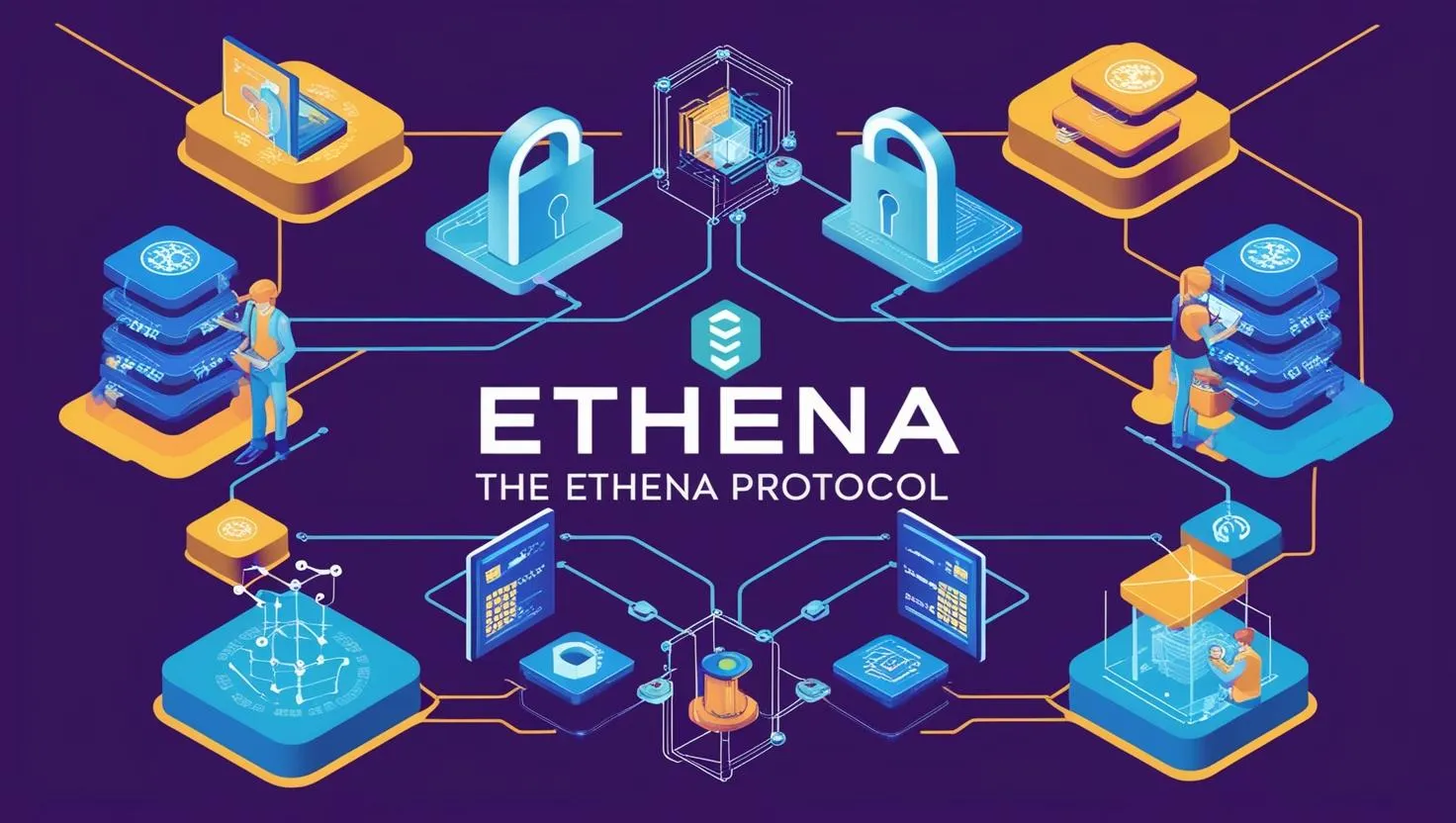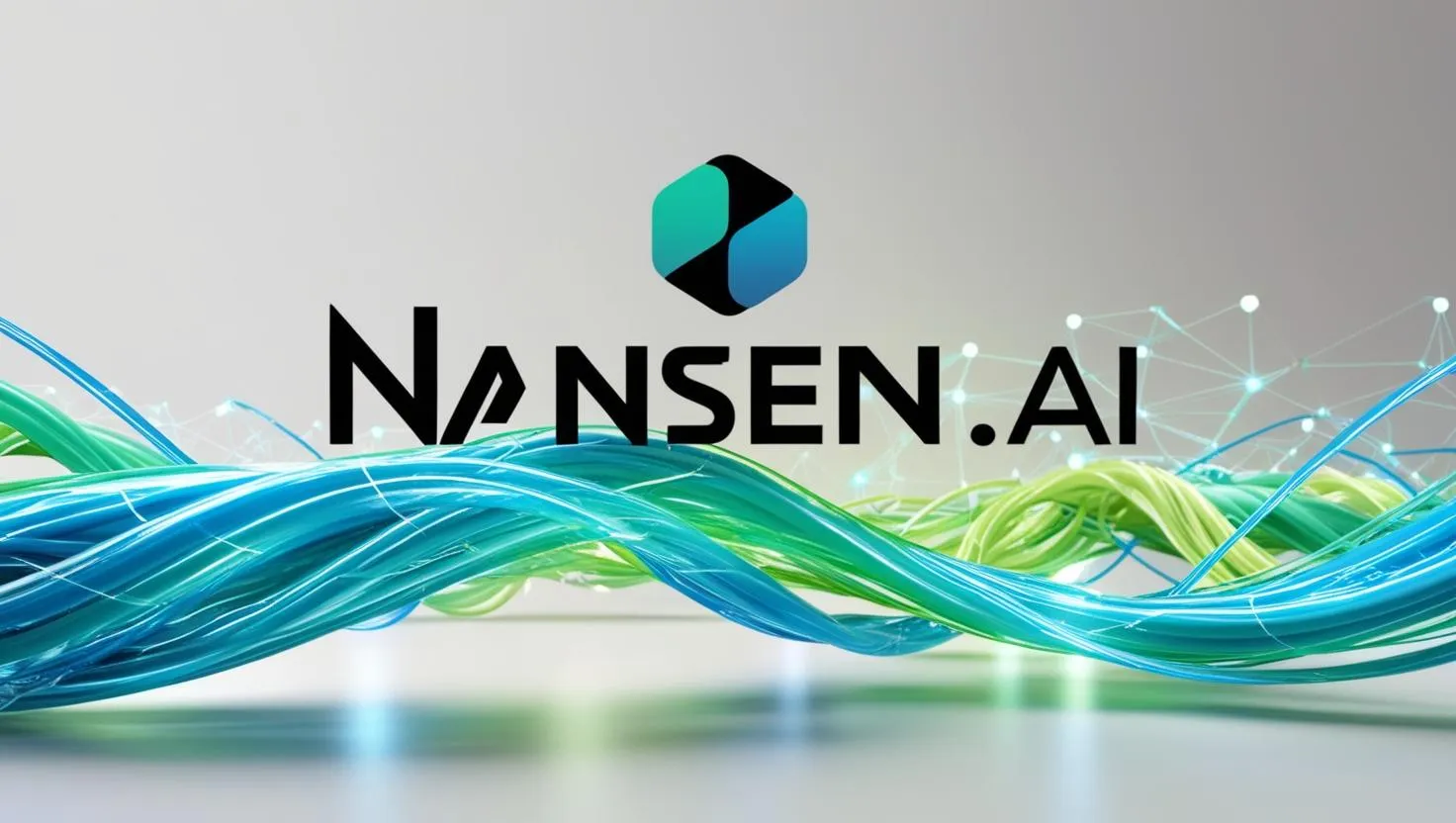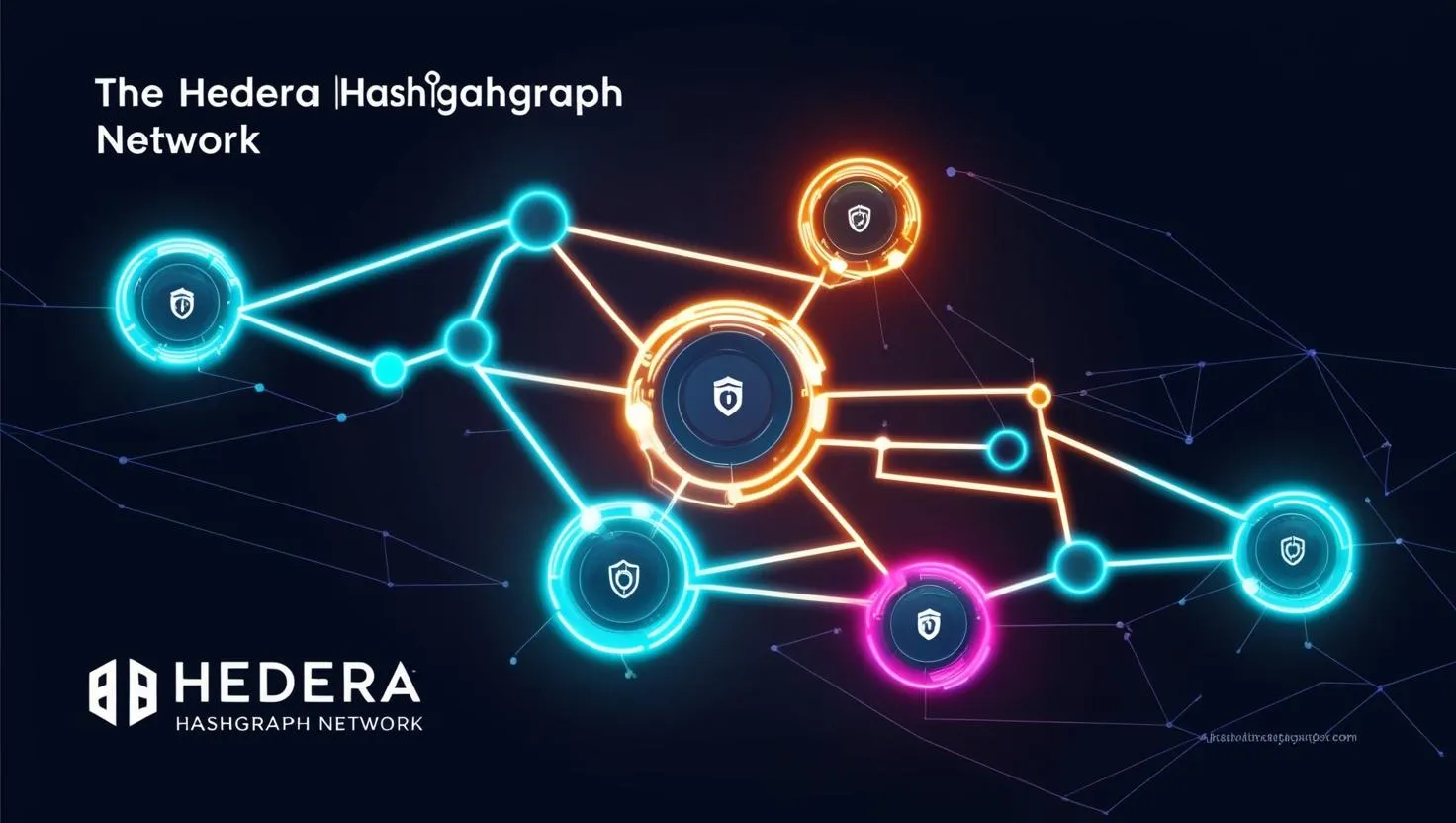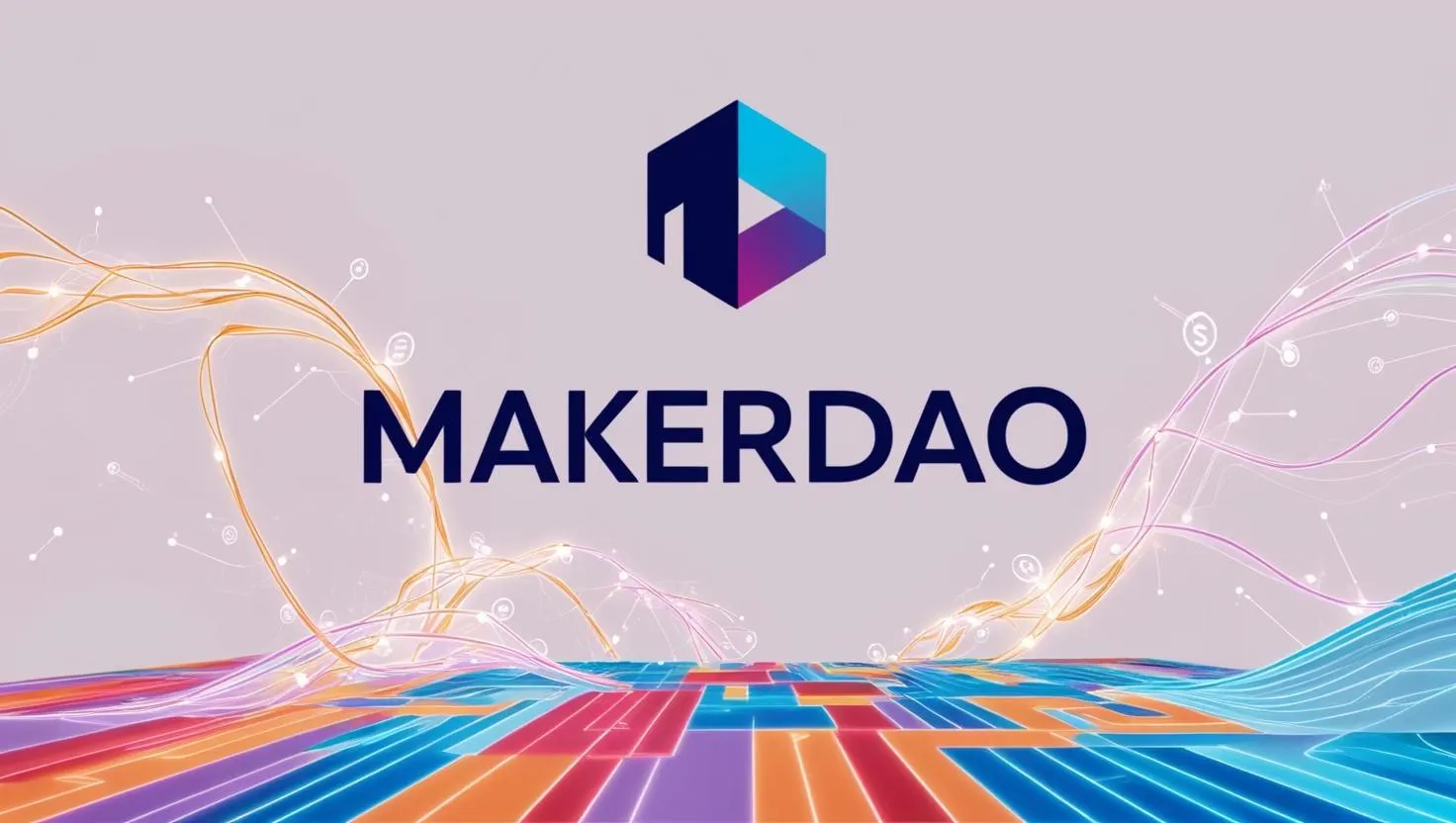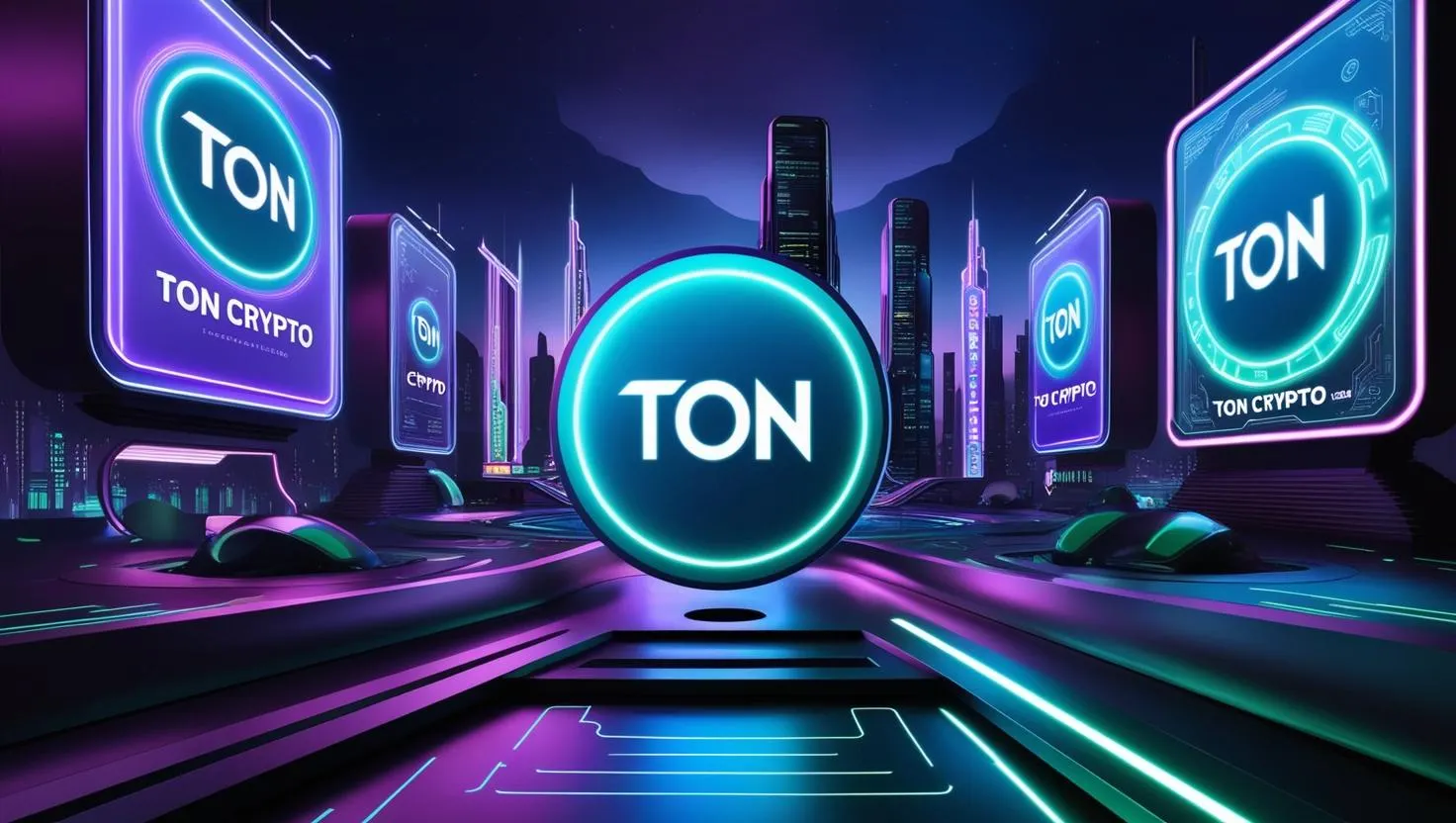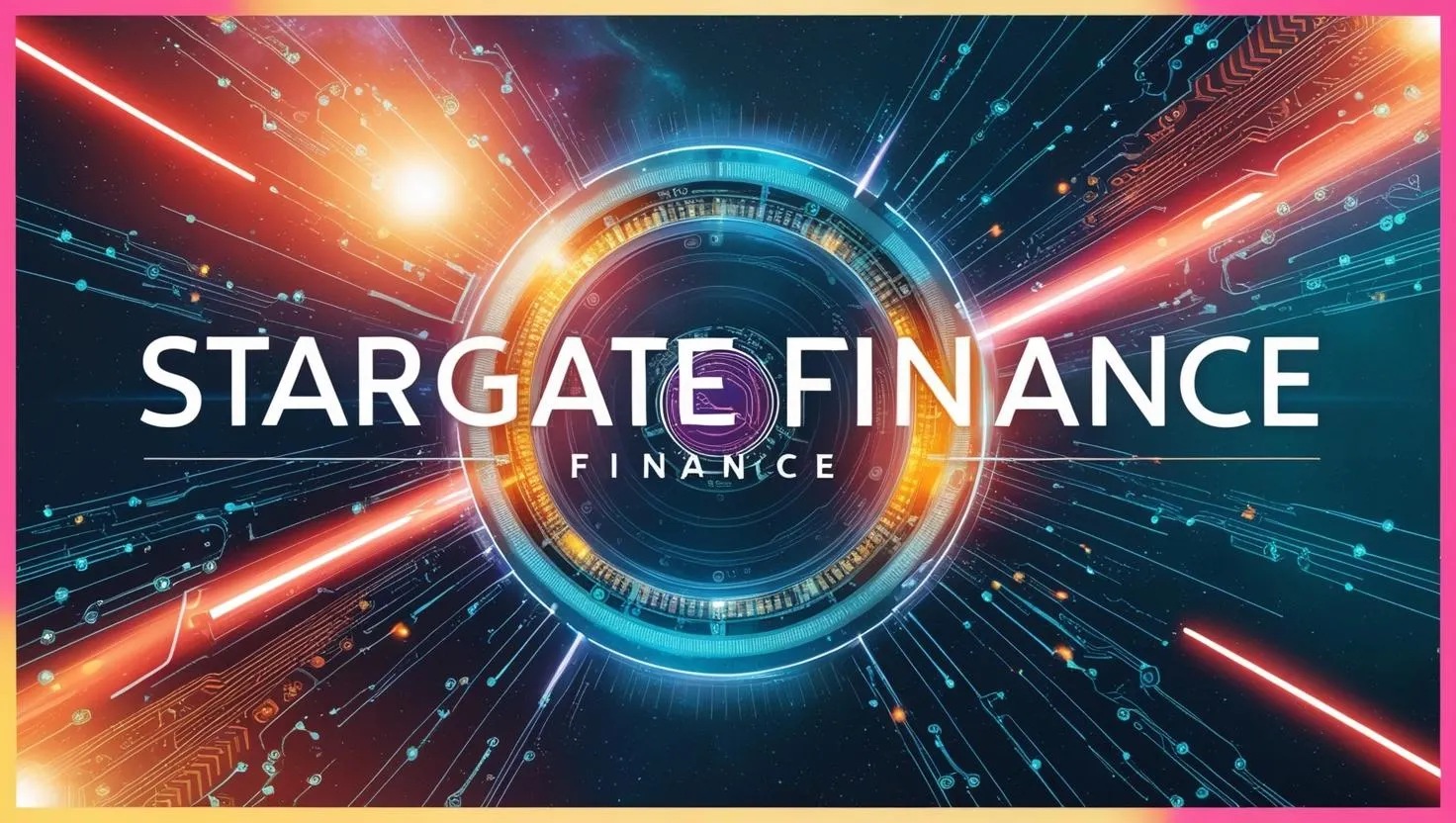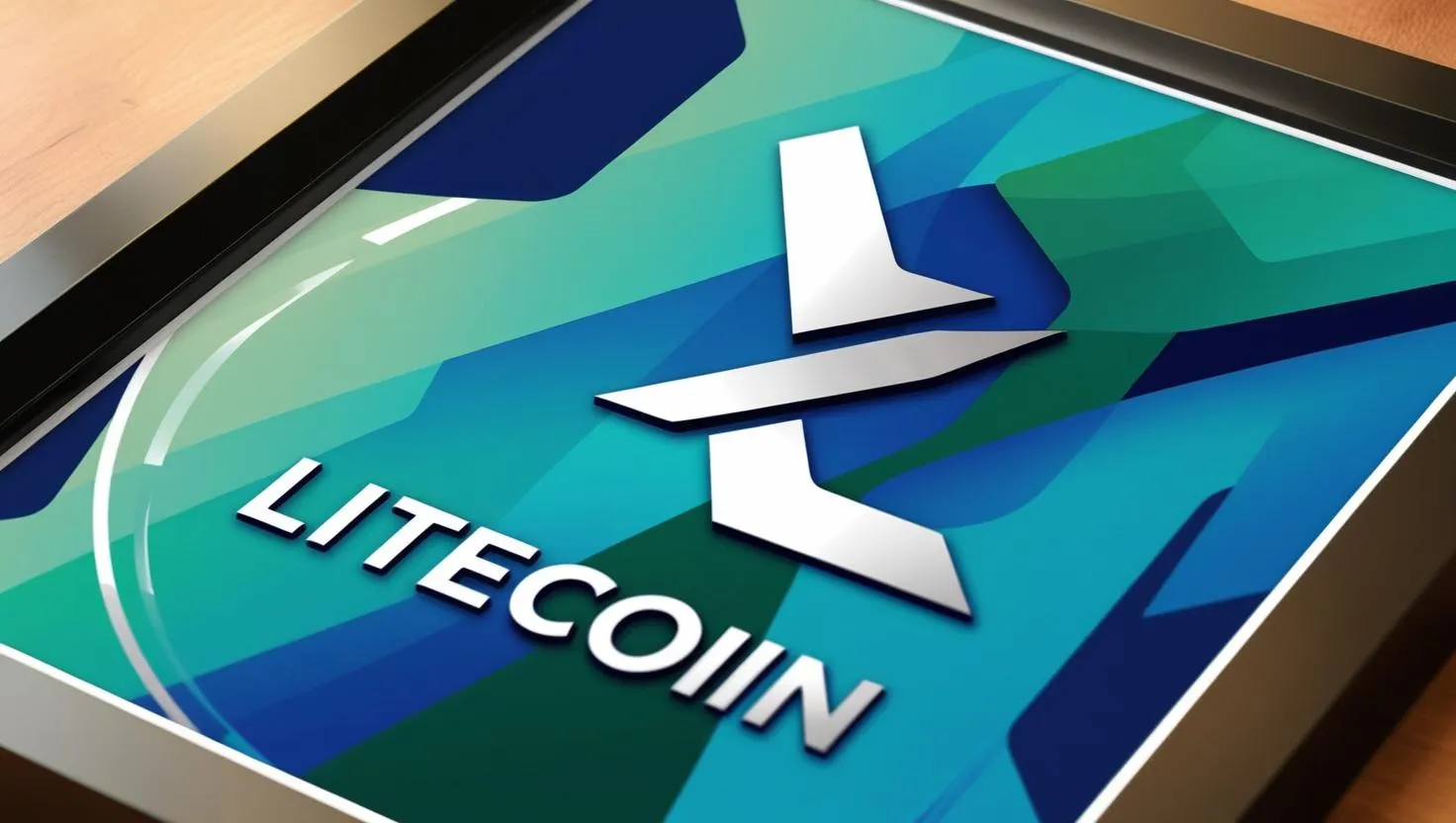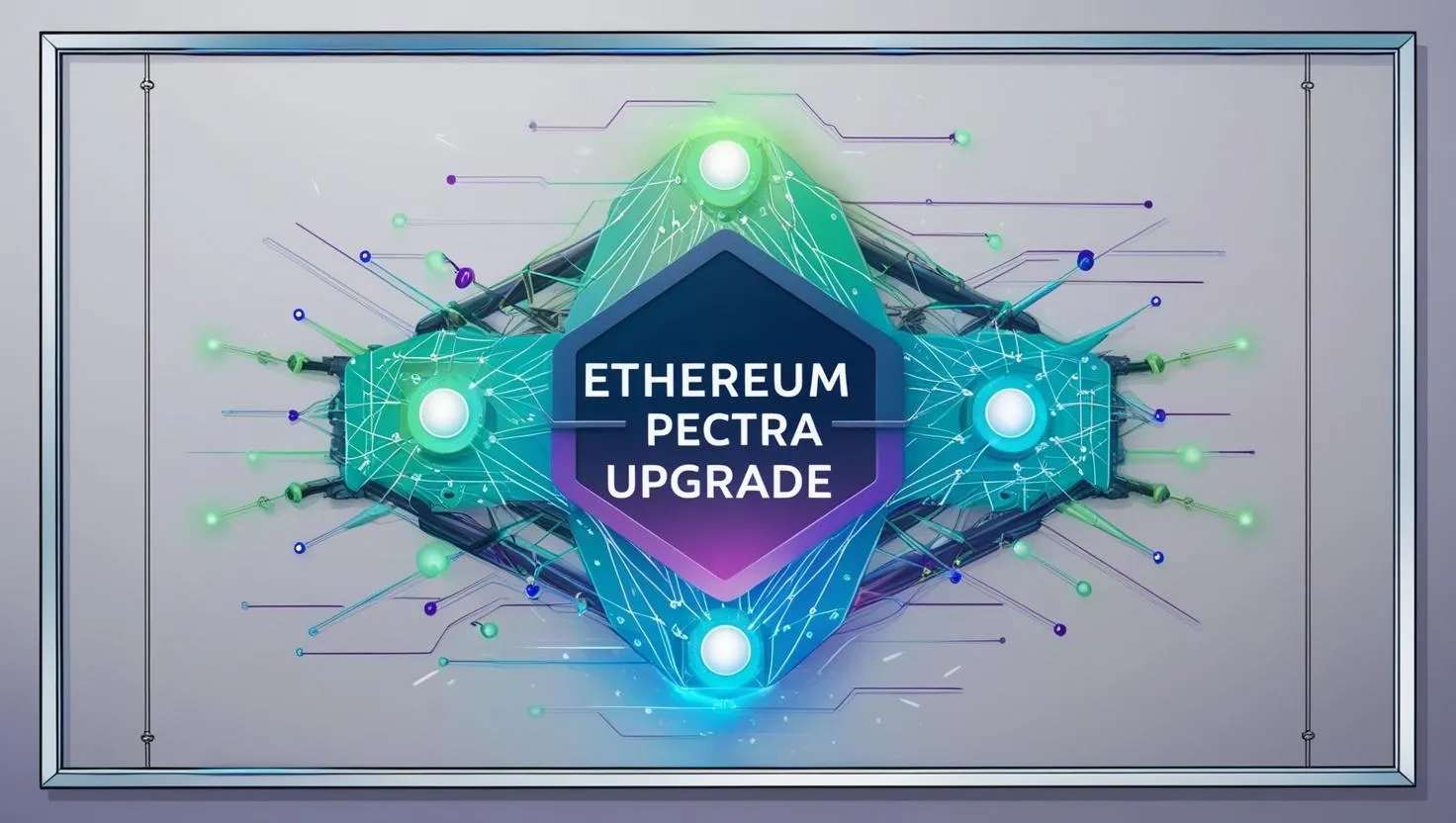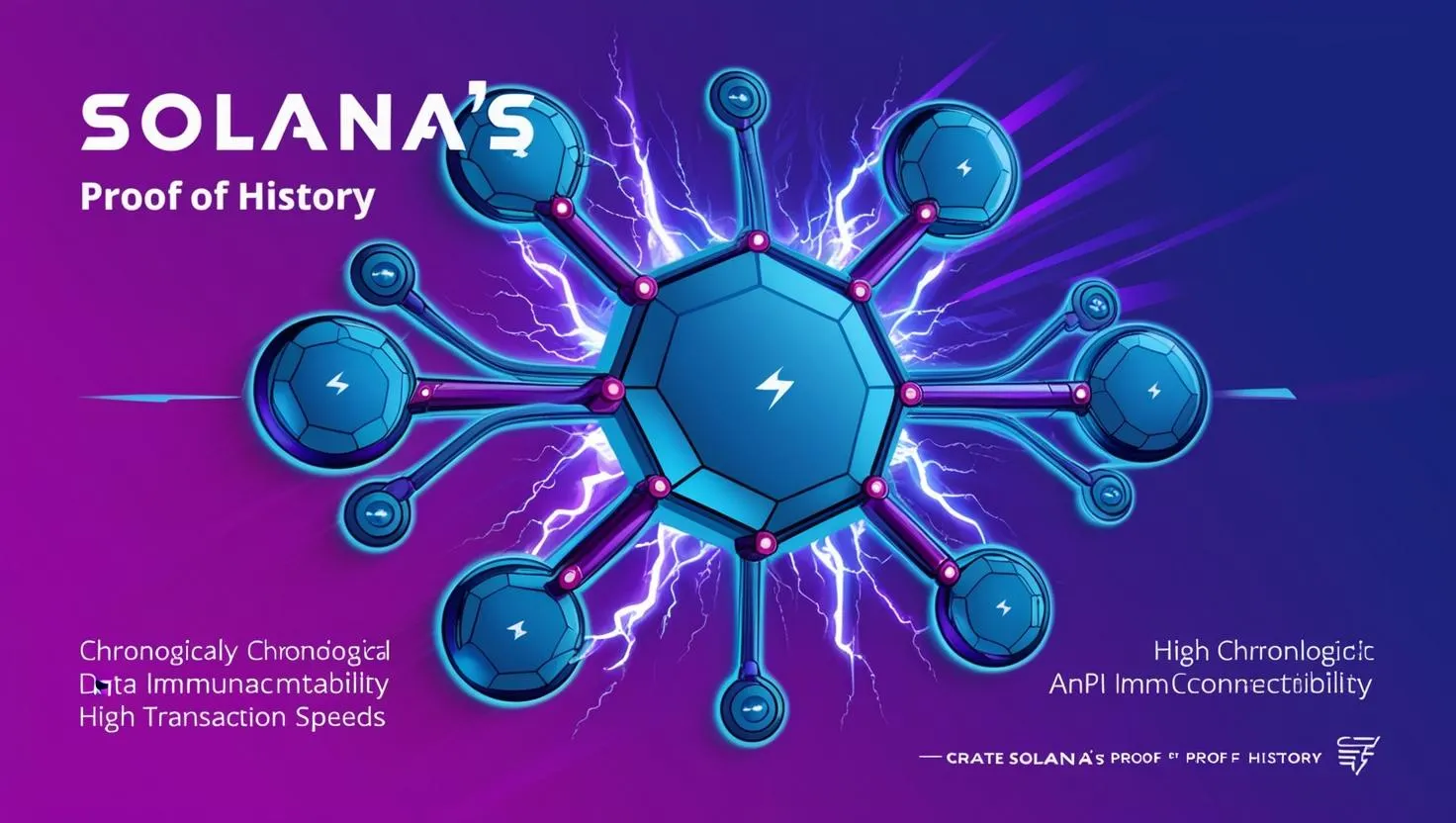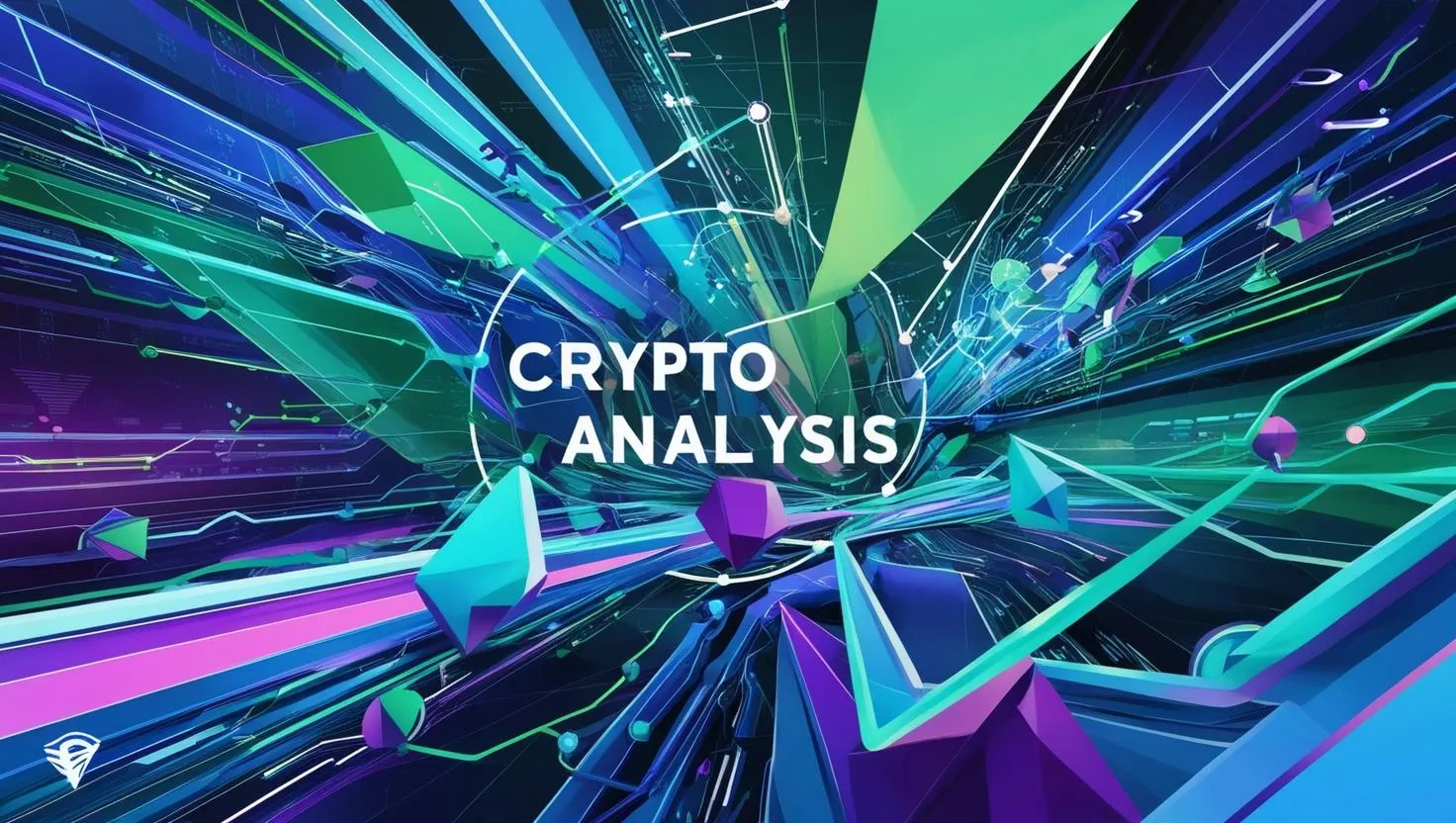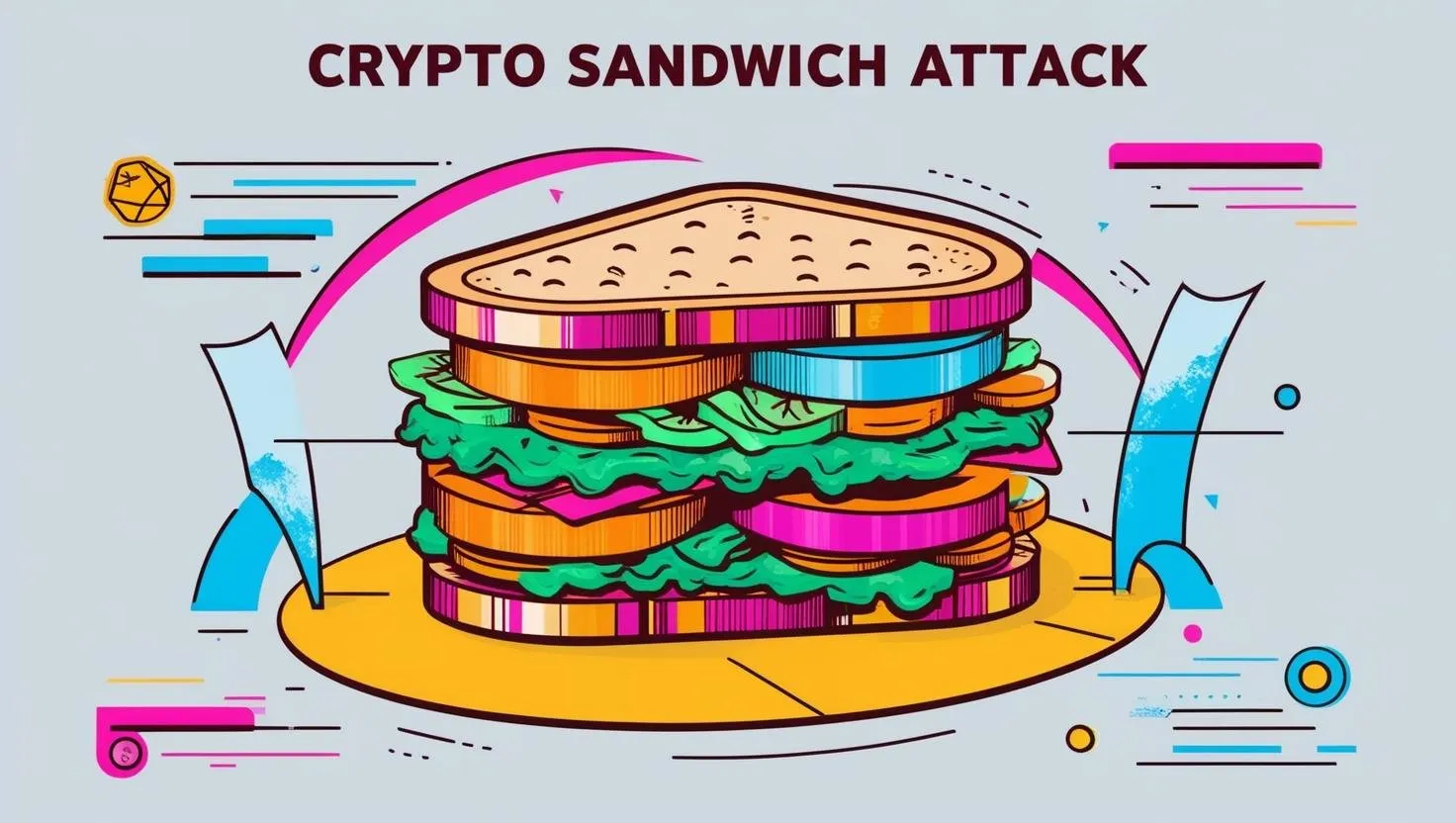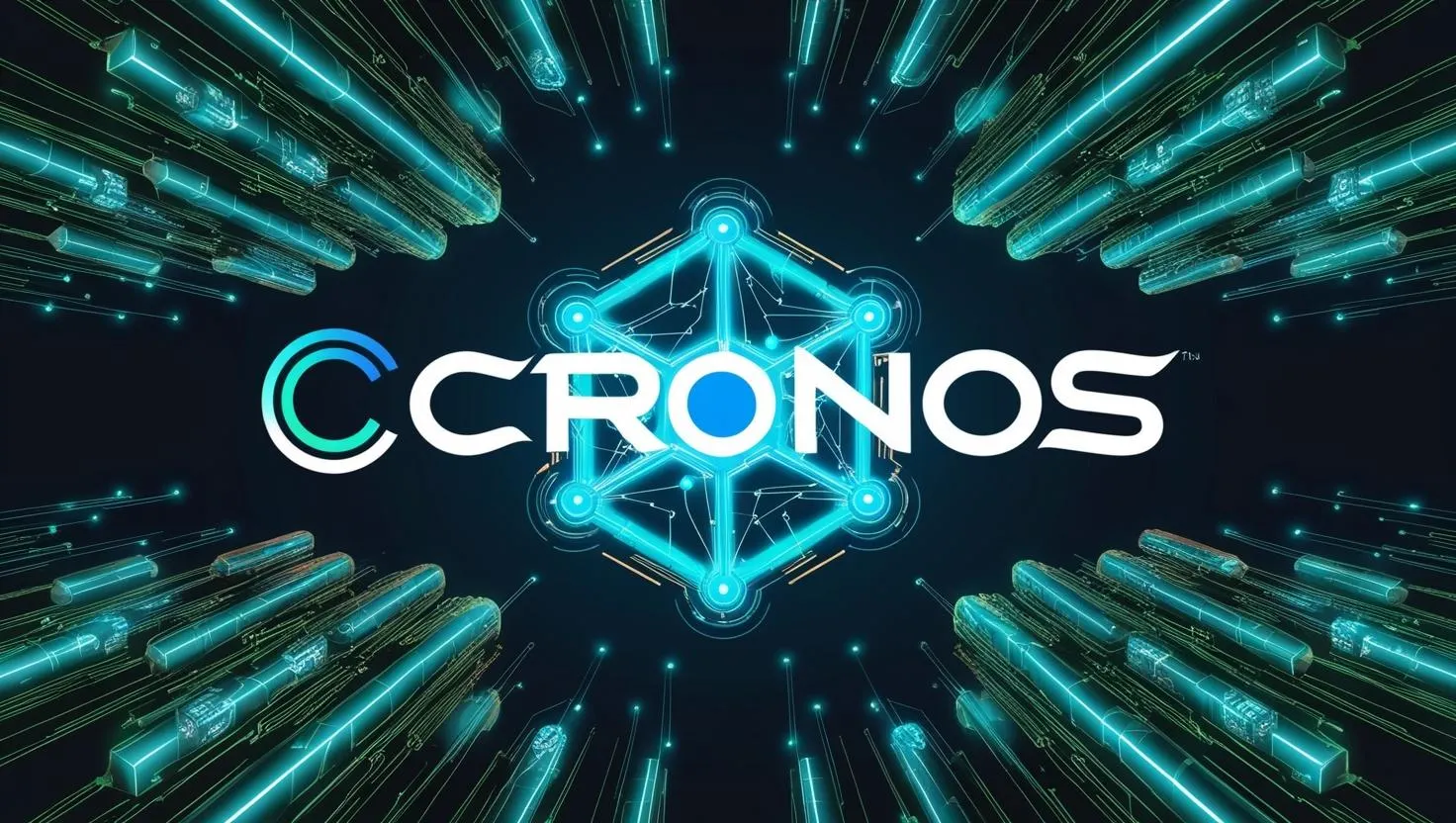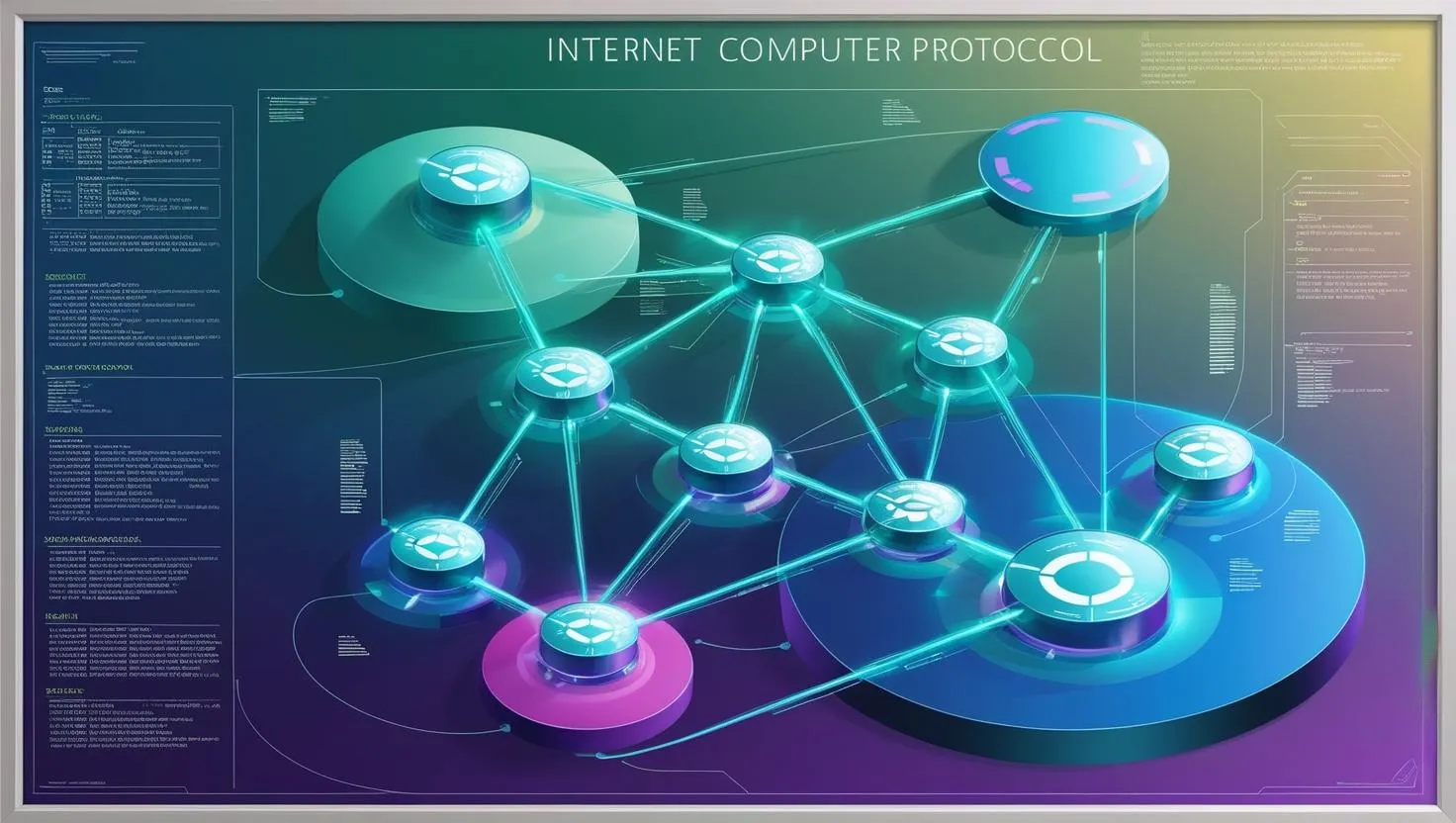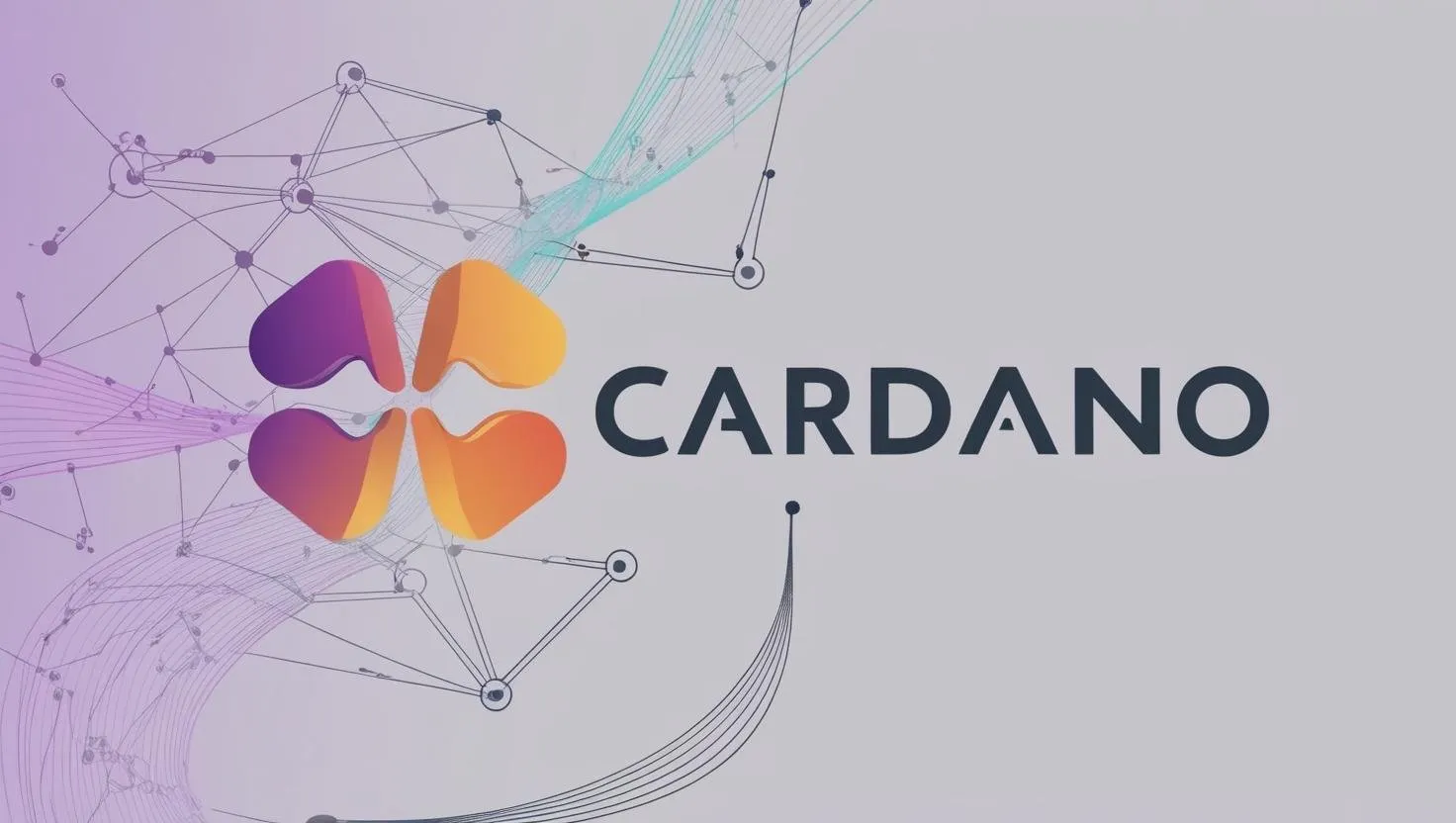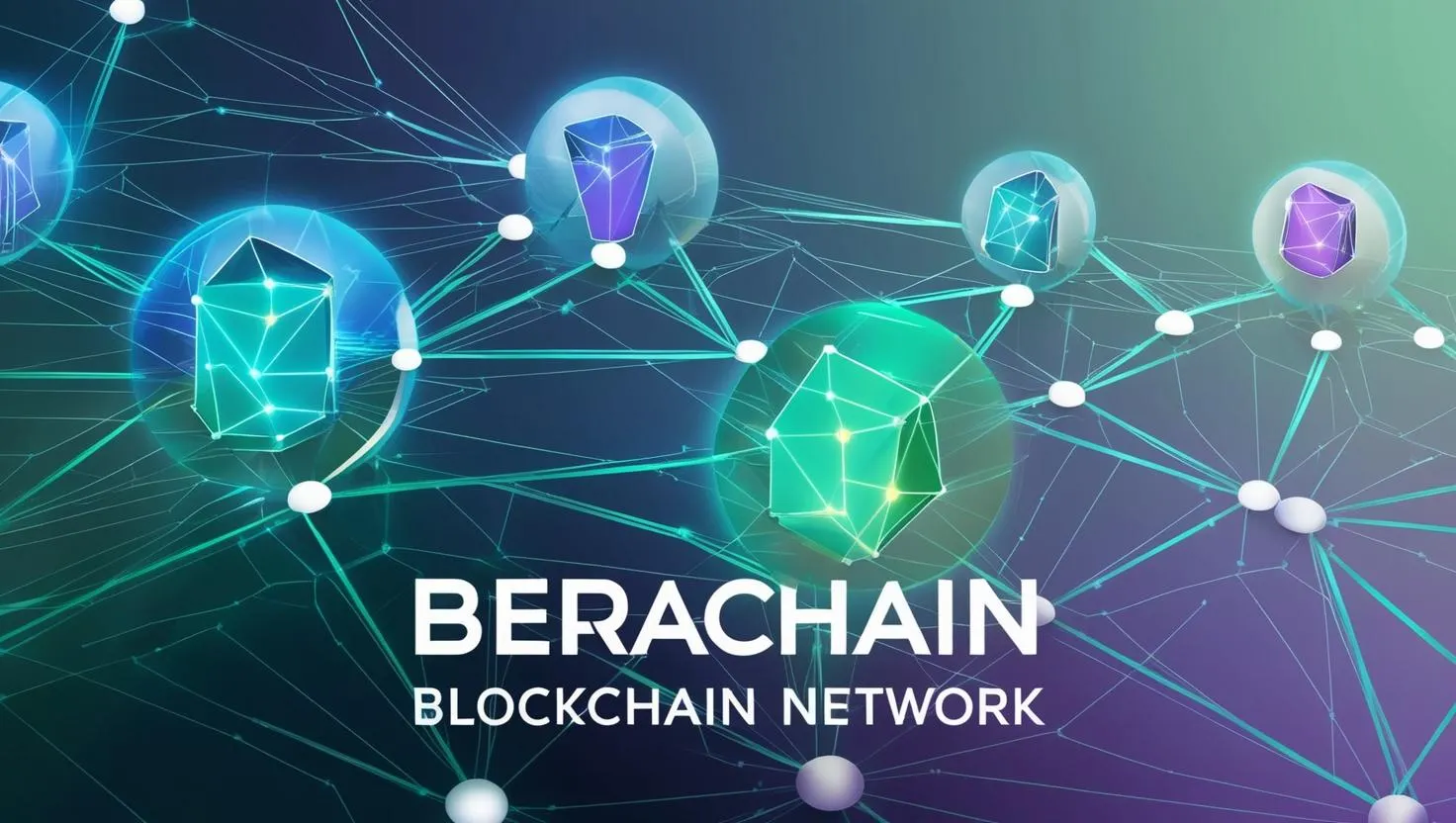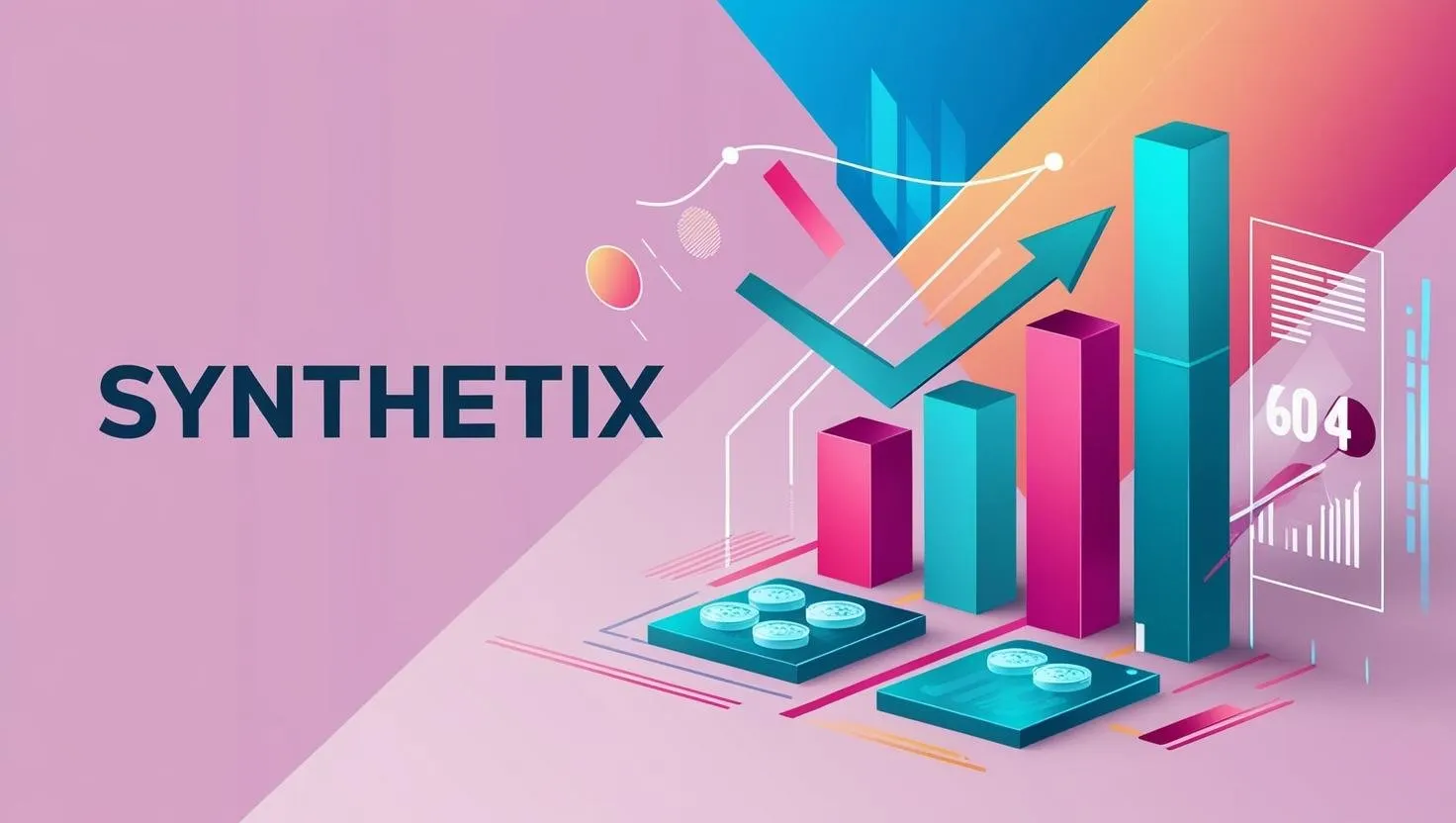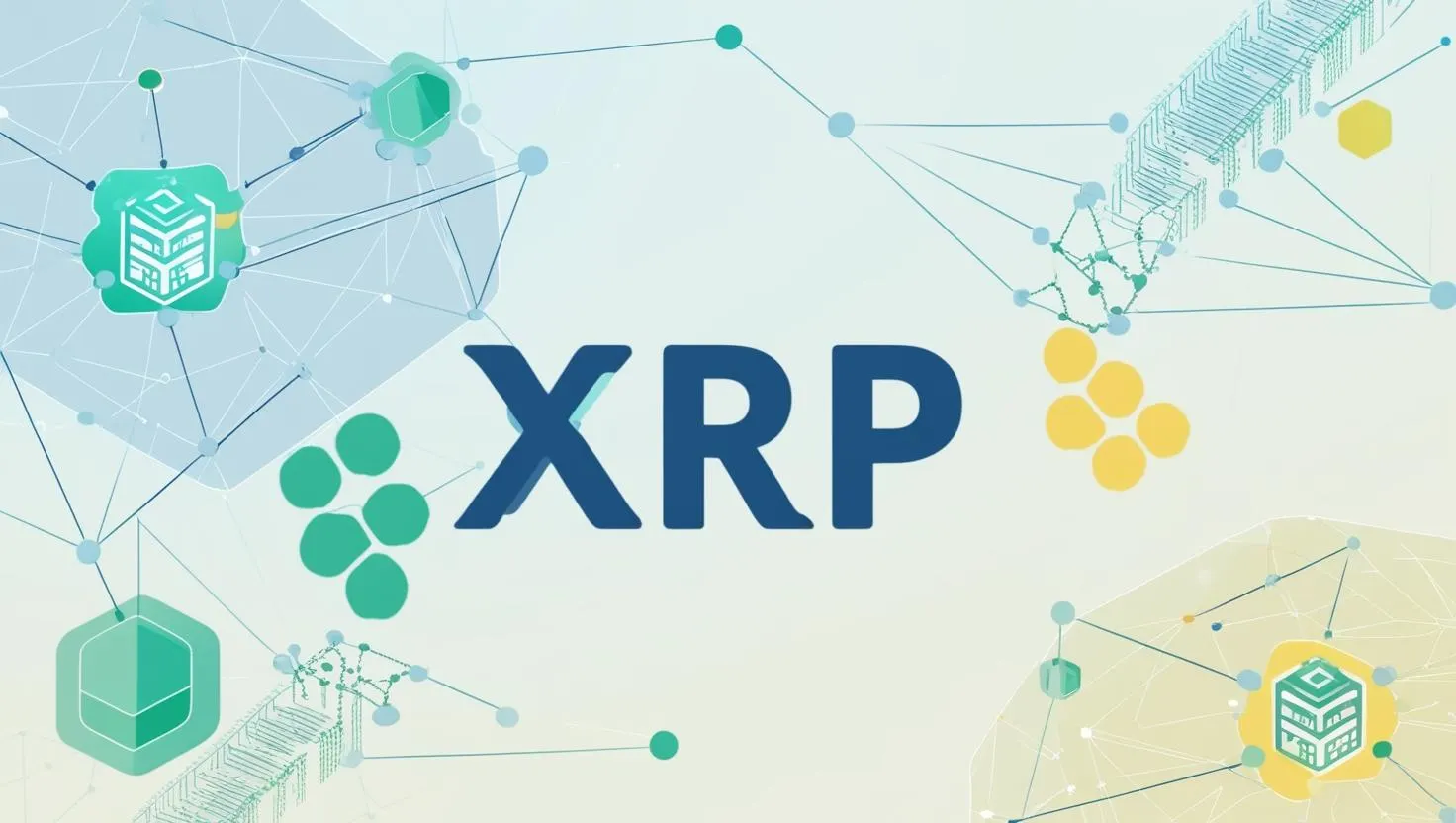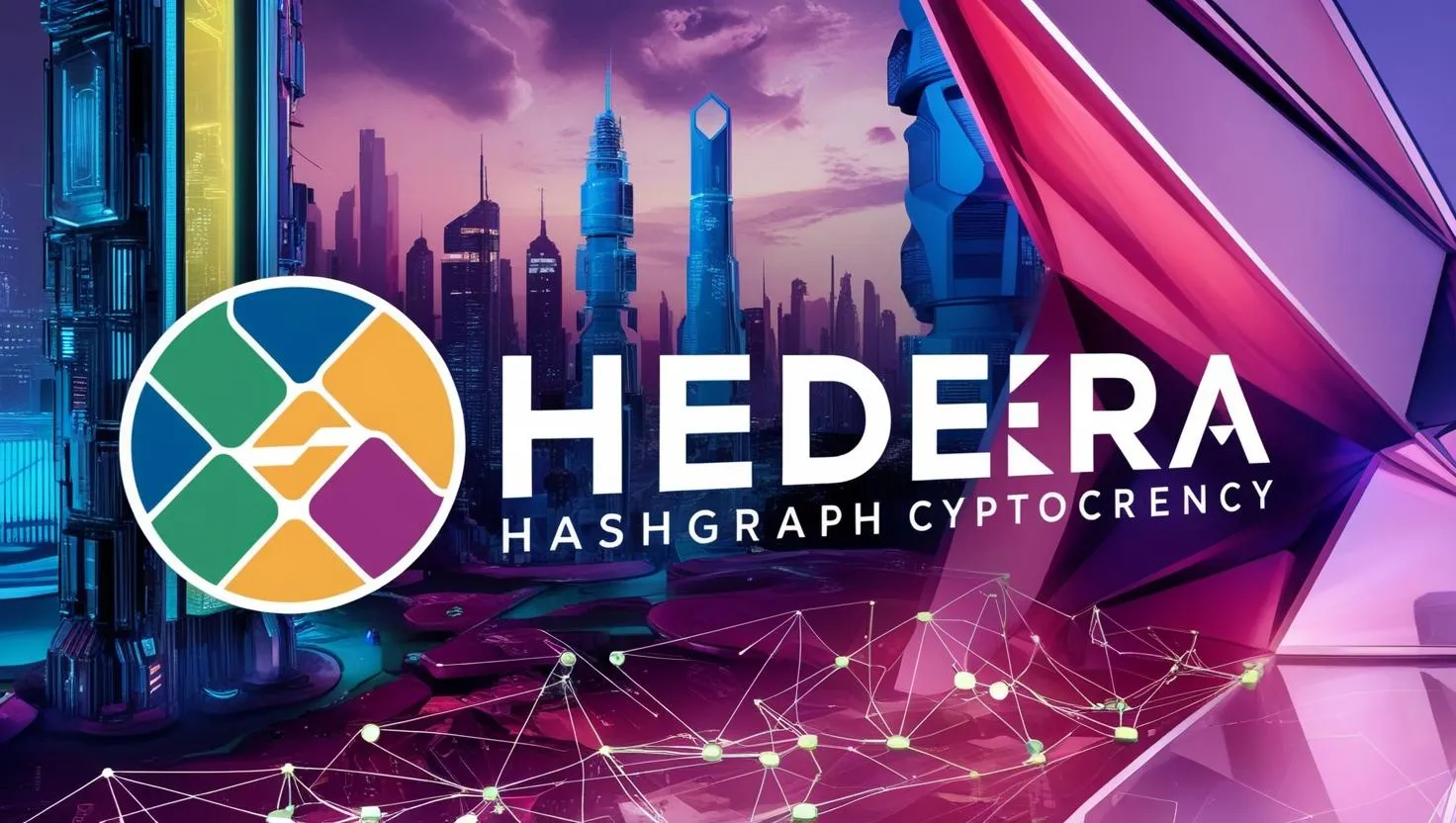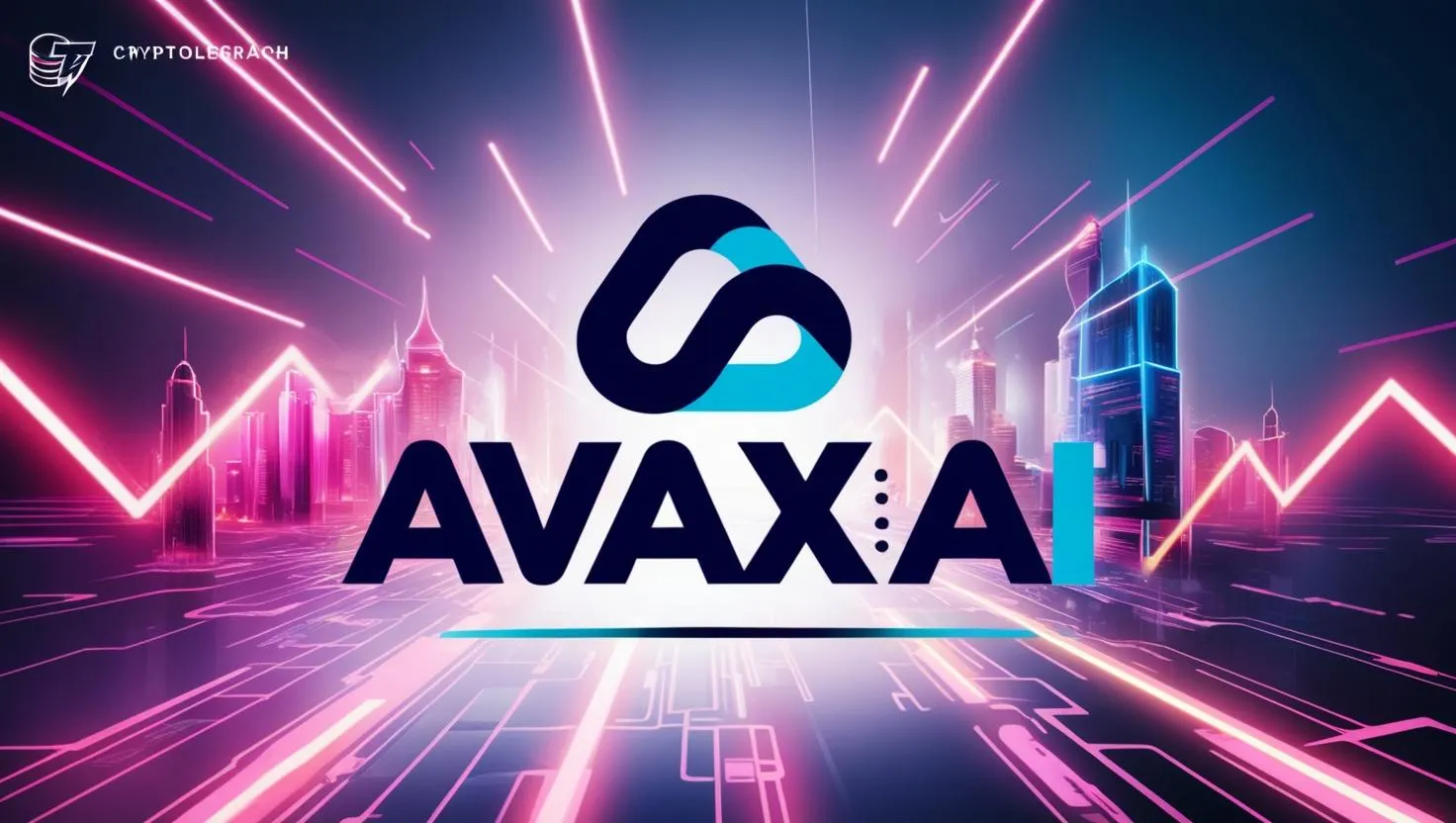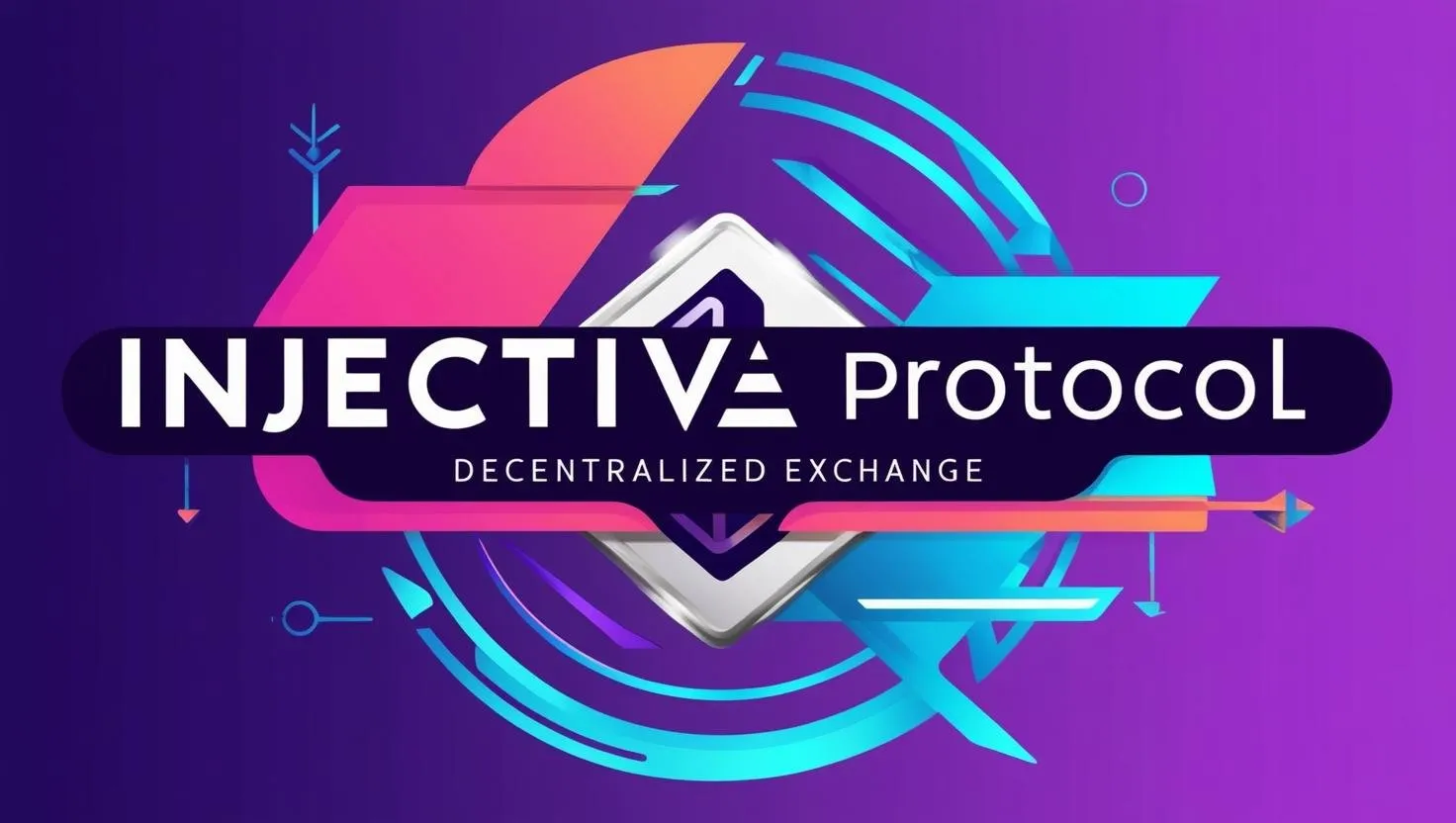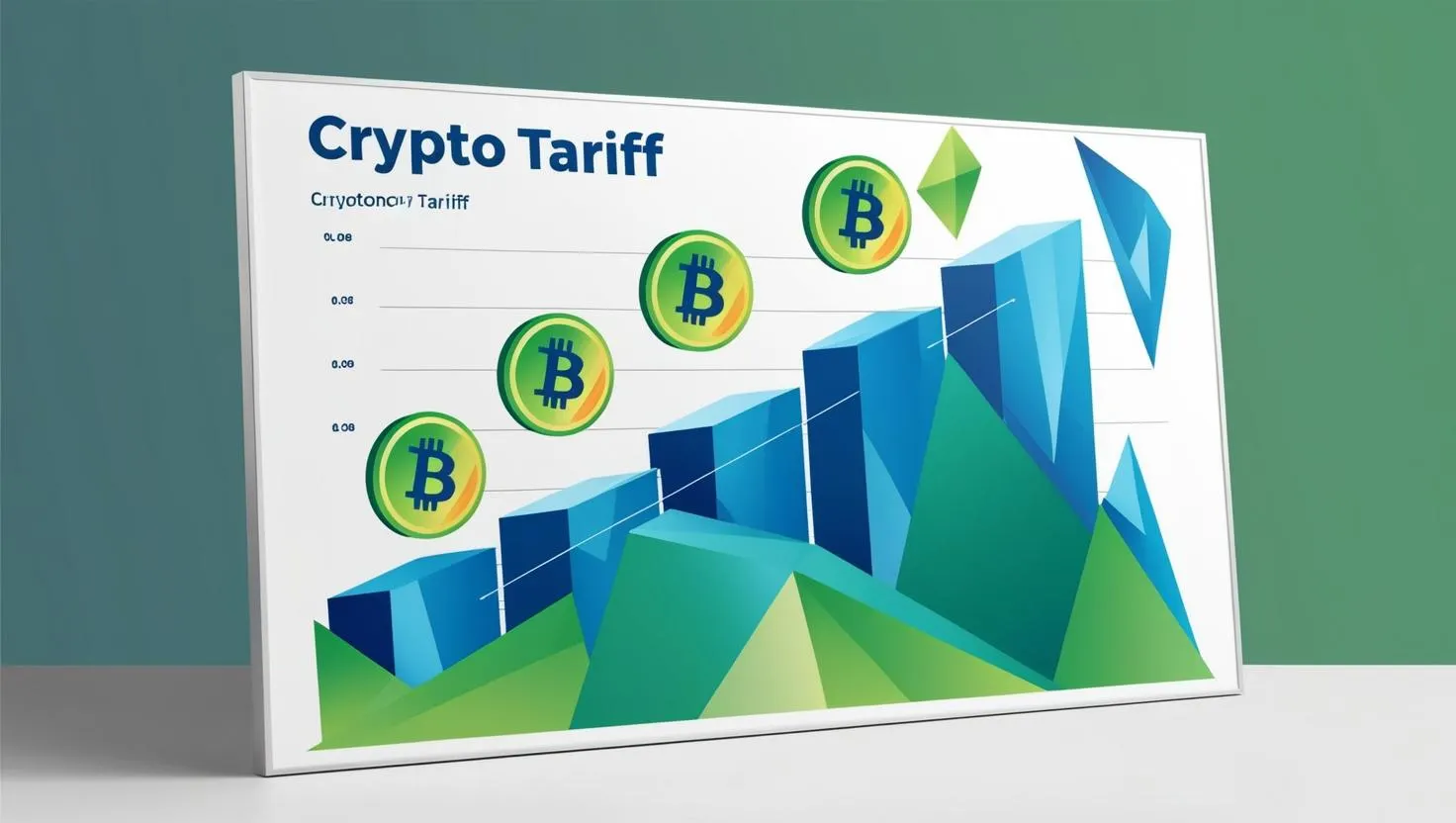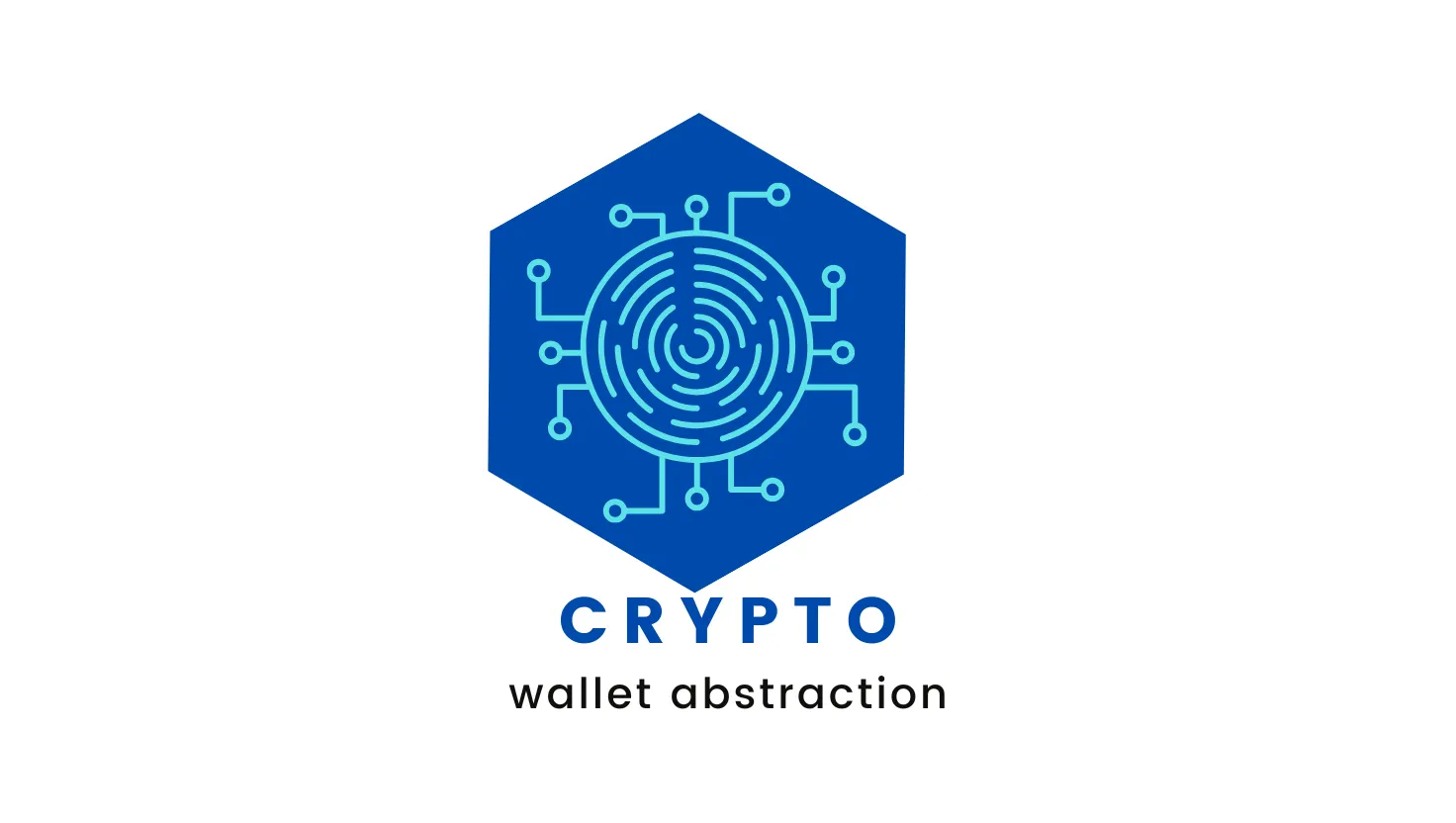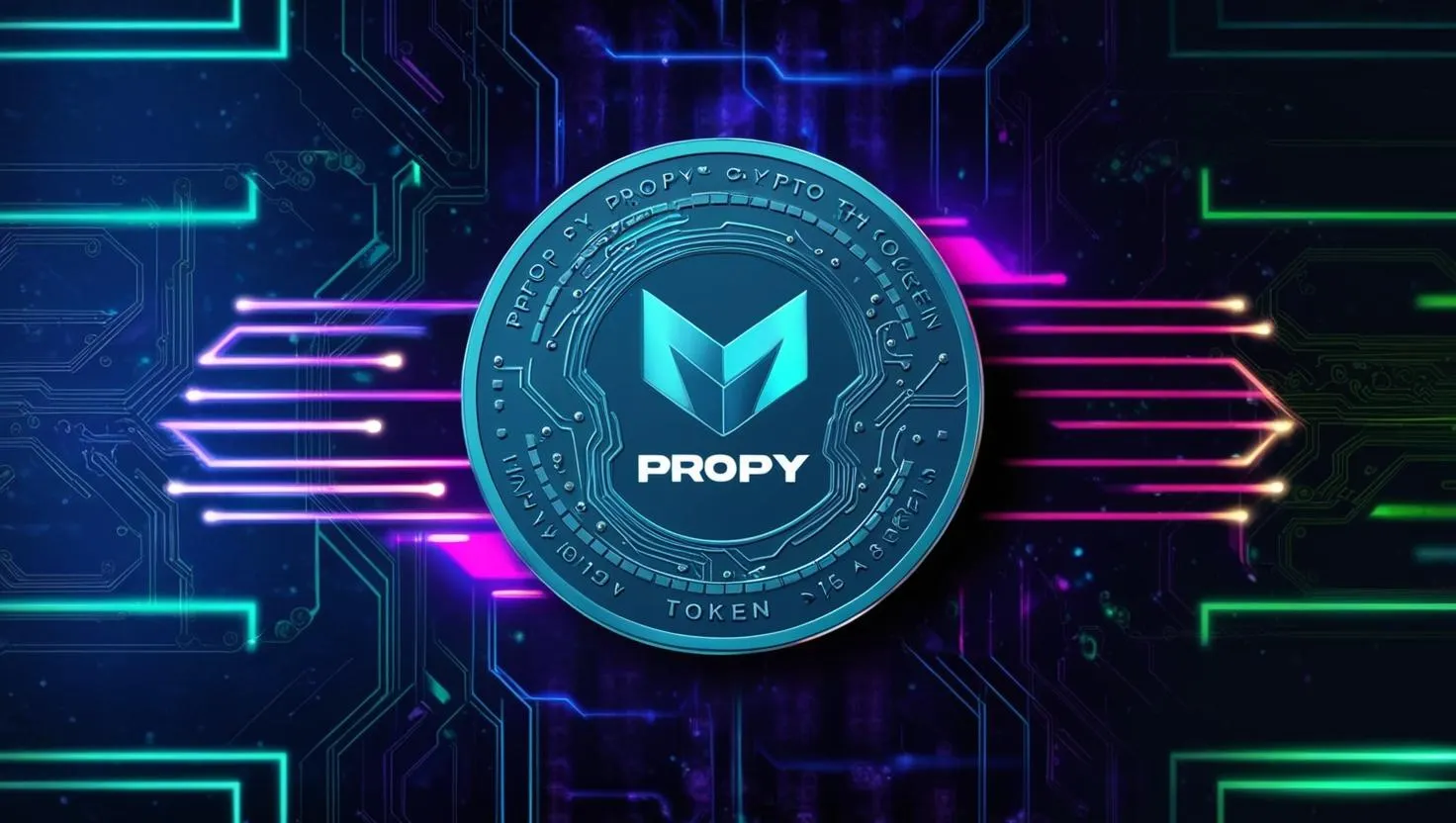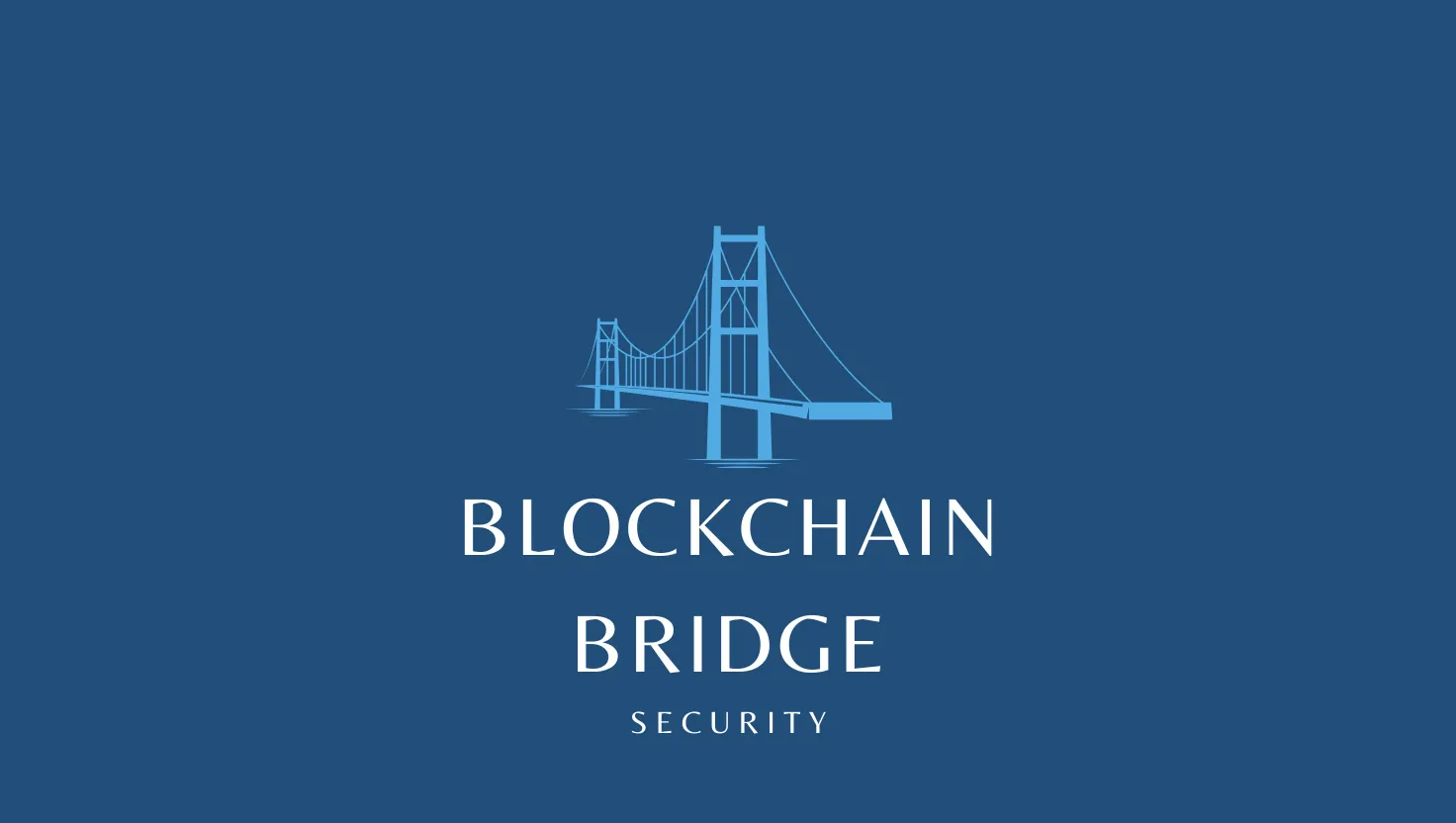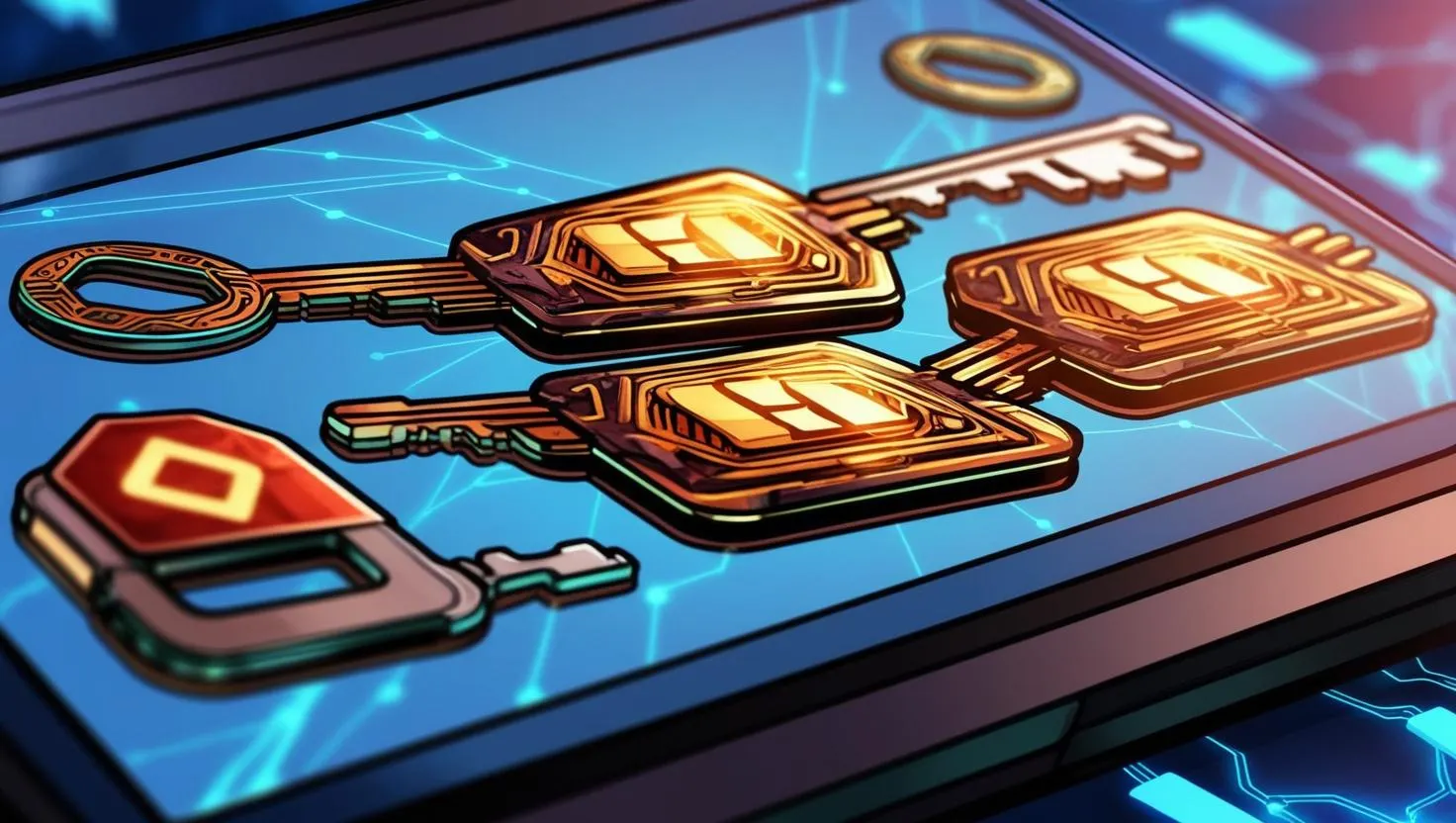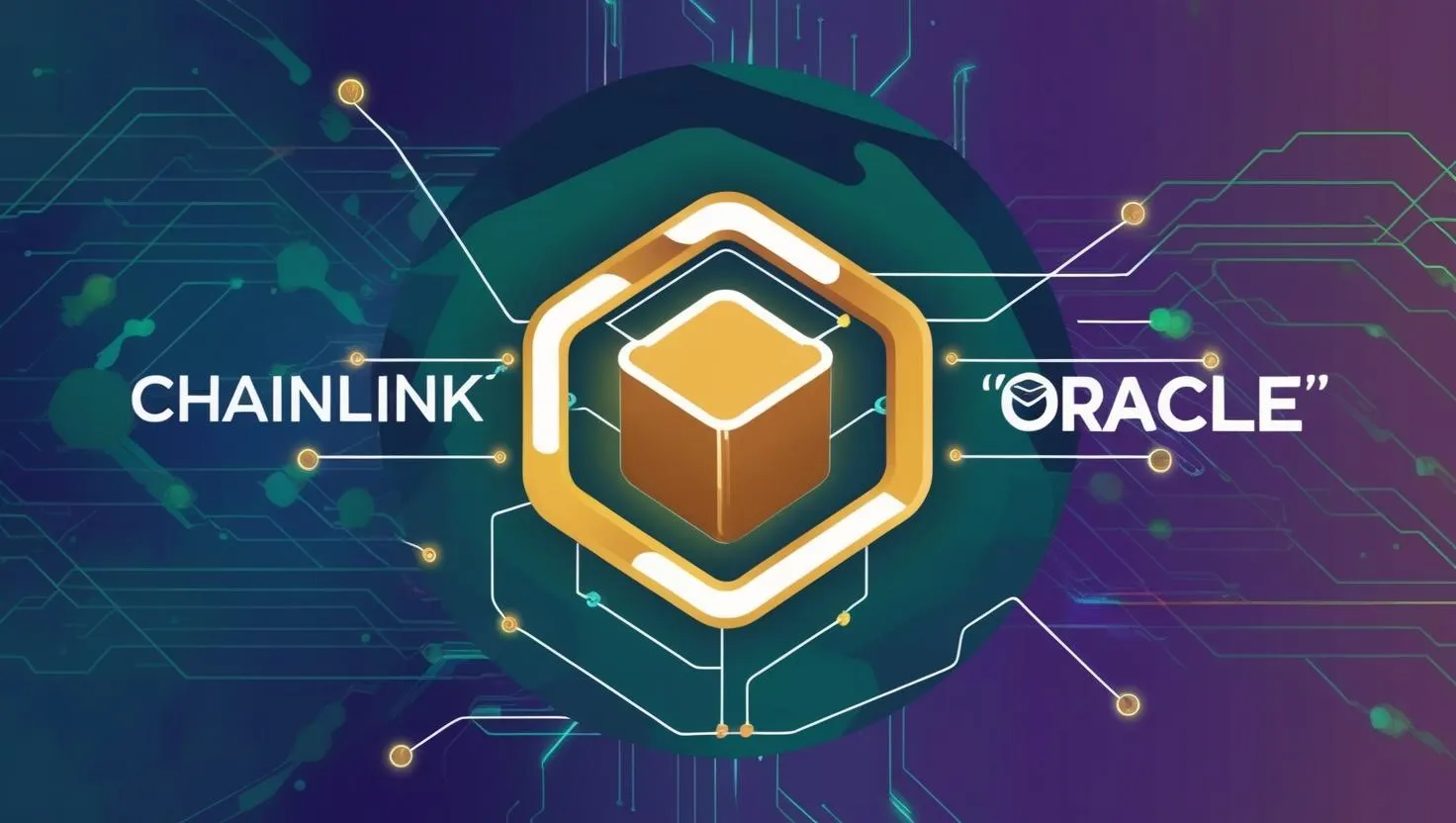Liquity (LQTY): A Deep Dive into Decentralized Borrowing
Liquity (LQTY) is the governance token for the Liquity protocol, a decentralized borrowing protocol that allows users to take out 0% interest loans using Ether (ETH) as collateral. These loans are paid out in LUSD, a stablecoin pegged to the US dollar.
Here's a breakdown of Liquity and its token, LQTY:
What is liquity?
- Decentralized Borrowing: Liquity enables users to borrow against their ETH holdings without needing to go through a centralized intermediary.
- 0% Interest Loans: A key feature is the 0% interest rate on loans. Instead of interest, borrowers pay a one-time stability fee.
- LUSD Stablecoin: Loans are issued in LUSD, a stablecoin designed to maintain a value close to $1.
- Minimum Collateral Ratio: Borrowers must maintain a minimum collateral ratio of 110% to ensure the stability of the system.
- Stability Pool: A stability pool containing LUSD helps to secure the loans and acts as a first line of defense in case of liquidations.
- Governance-Free: The protocol is designed to be immutable and governance-free, meaning its core rules cannot be changed.
What is LQTY?
LQTY is the token that powers the Liquity ecosystem. Here's what you need to know about it:
- Staking: LQTY holders can stake their tokens to earn a share of the fees generated by the protocol. This provides a way for LQTY holders to participate in the success of Liquity.
- Governance: While the protocol itself is governance-free, LQTY holders may have future governance rights related to certain parameters or upgrades.
- Utility: LQTY has utility within the Liquity ecosystem, such as potentially being used for discounts on fees or participating in future governance proposals.
How Liquity Works
- Collateral Deposit: Users deposit ETH into a "Troves" as collateral.
- LUSD Loan: Users can then borrow LUSD against their ETH, up to a certain percentage of the collateral value (while maintaining the minimum 110% ratio).
- Stability Fee: A one-time stability fee is charged on the borrowed LUSD.
- Loan Repayment: Borrowers repay their loans by returning LUSD to the Trove.
- Liquidation: If the value of the ETH collateral falls below the 110% ratio, the trove is liquidated to ensure the stability of the system.
Key Features of Liquity
- Stability: The protocol is designed with several mechanisms to ensure stability, including the stability pool and the minimum collateral ratio.
- Transparency: All transactions and data are publicly available on the Ethereum blockchain.
- Efficiency: The automated nature of the protocol makes borrowing and lending efficient.
Risks
- Smart Contract Risk: As with any DeFi protocol, there is a risk of vulnerabilities in the smart contracts that govern Liquity.
- Volatility Risk: Fluctuations in the price of ETH can affect the collateral ratio and potentially lead to liquidations.
- Stablecoin Risk: The peg of the LUSD stablecoin could be challenged, although Liquity has mechanisms in place to mitigate this risk.
Where to Buy LQTY
LQTY can be purchased on various cryptocurrency exchanges, including:
- Gate.io
- MEXC
- Biconomy
Important Note: Investing in cryptocurrencies carries inherent risks. It's essential to do your own research and understand the risks involved before investing in LQTY or using the Liquity protocol.




